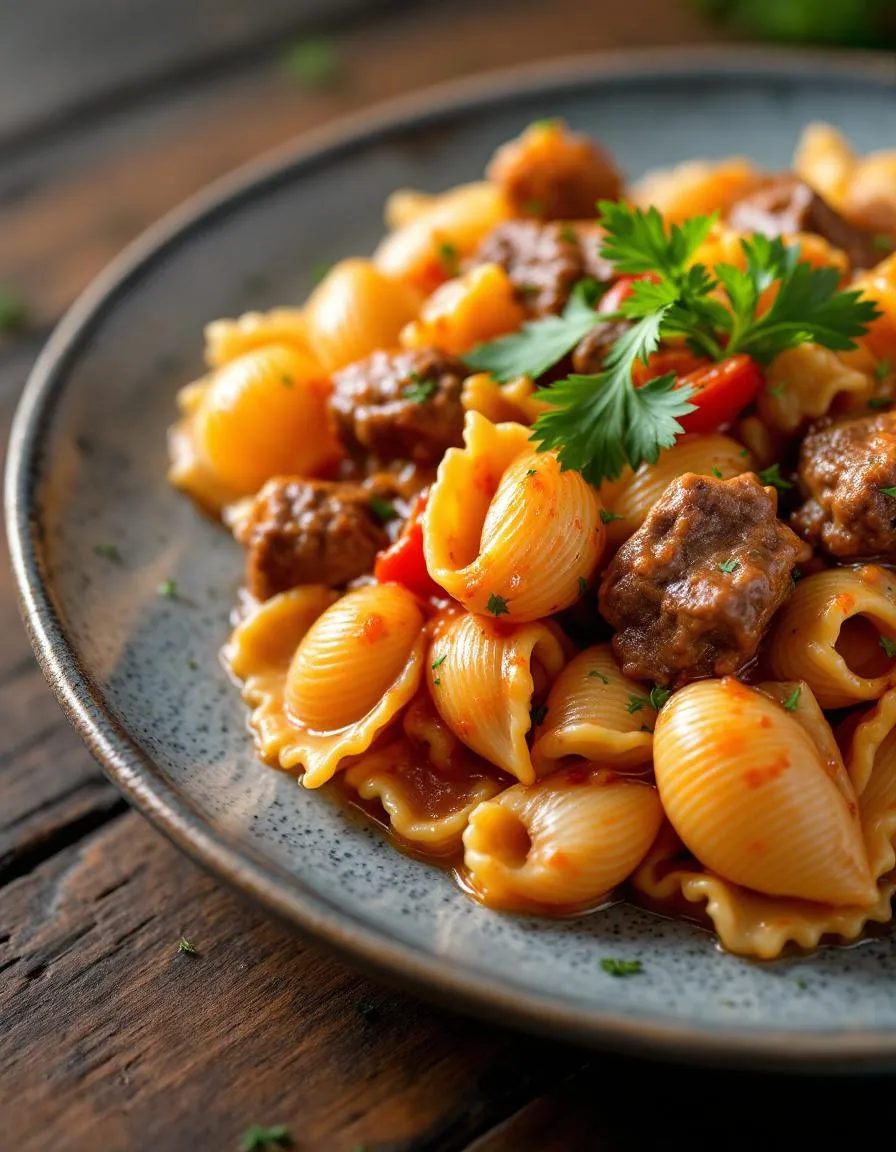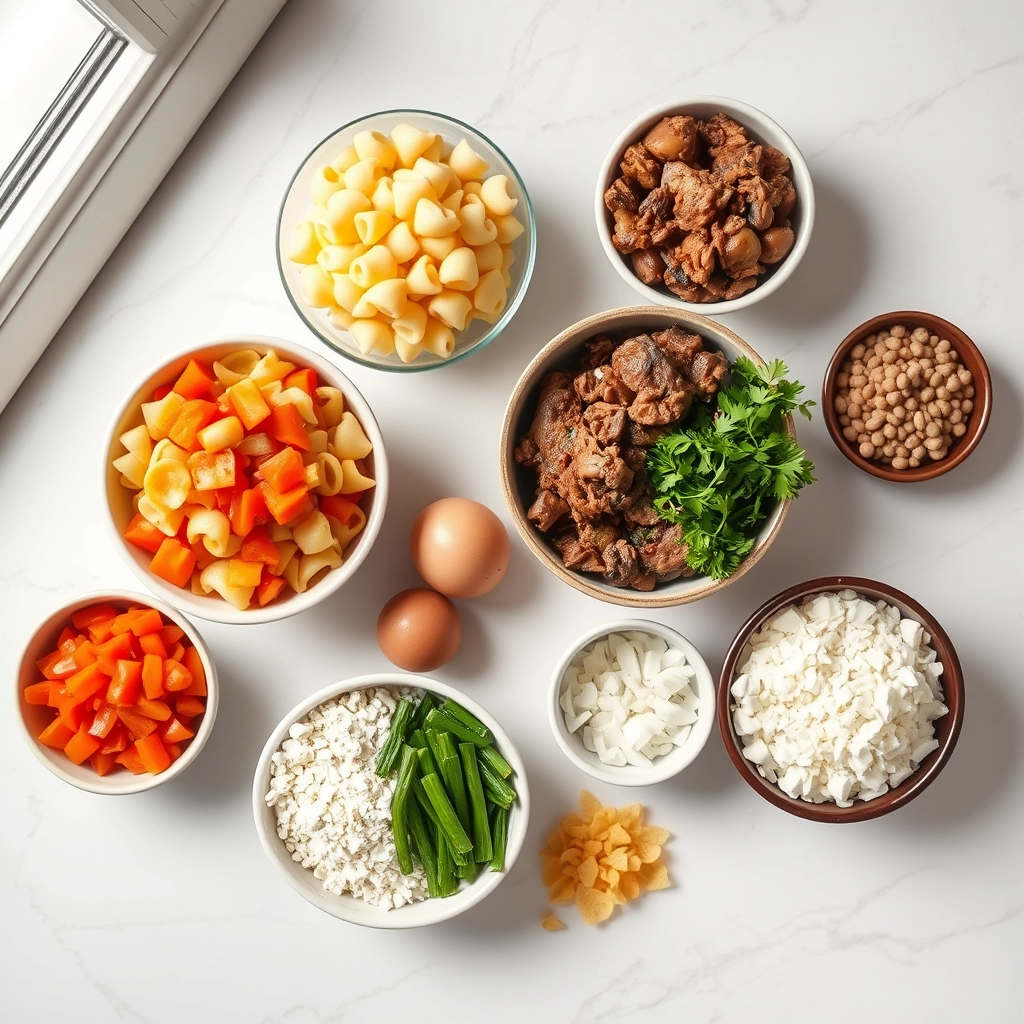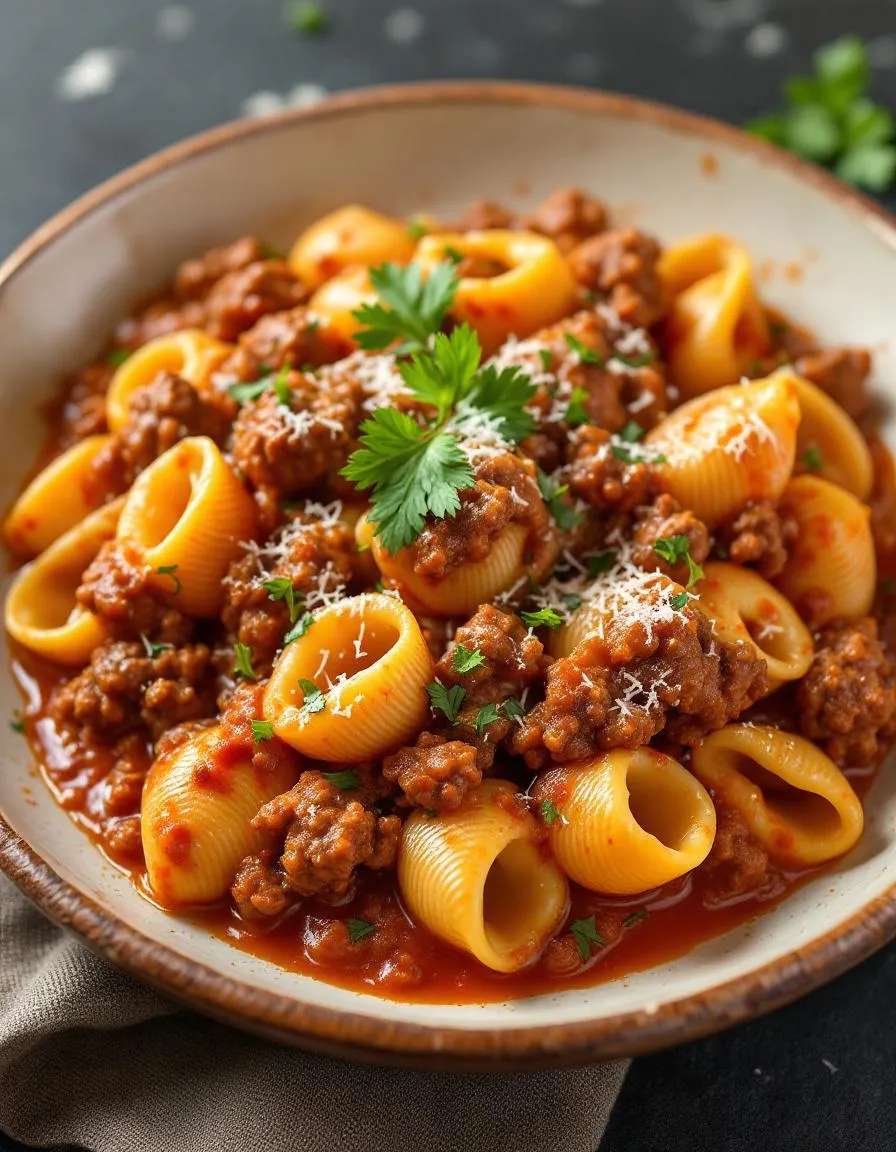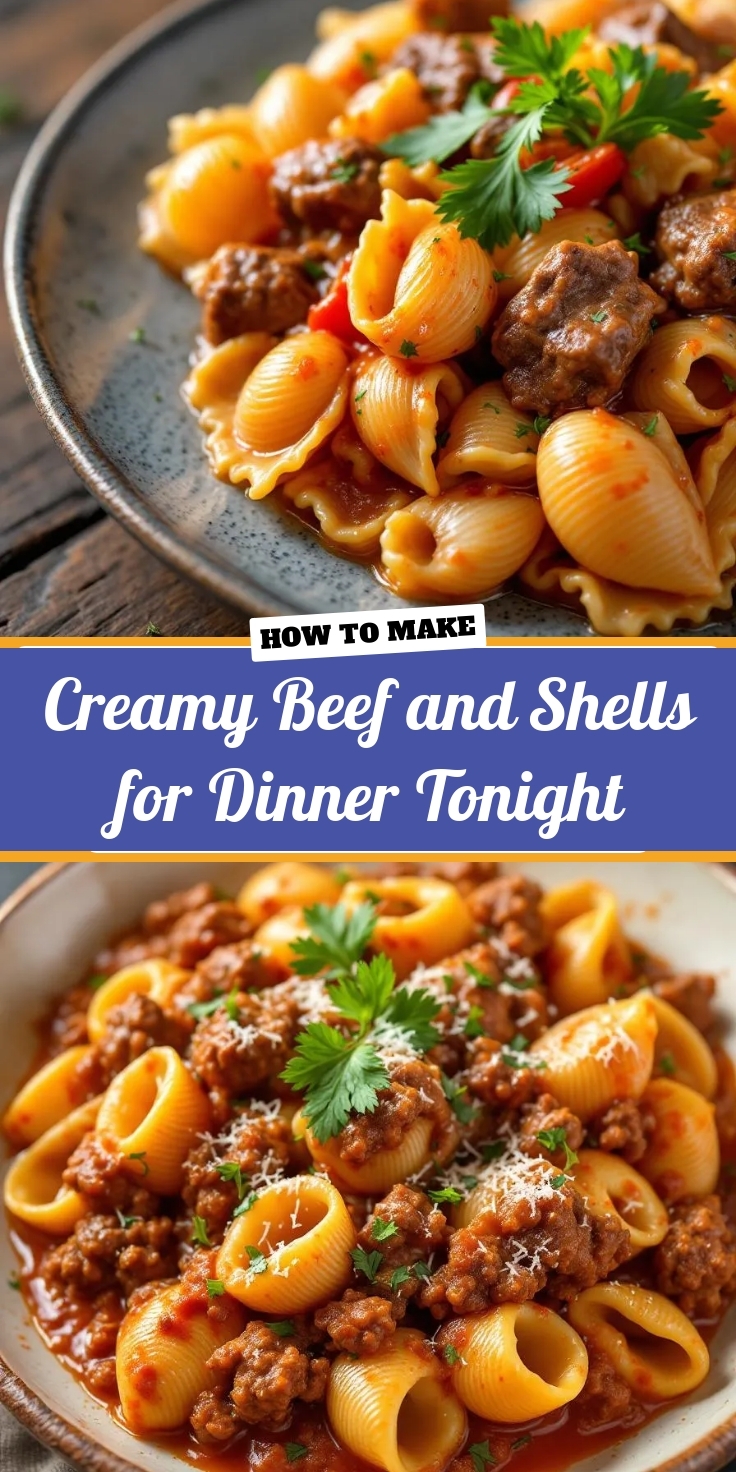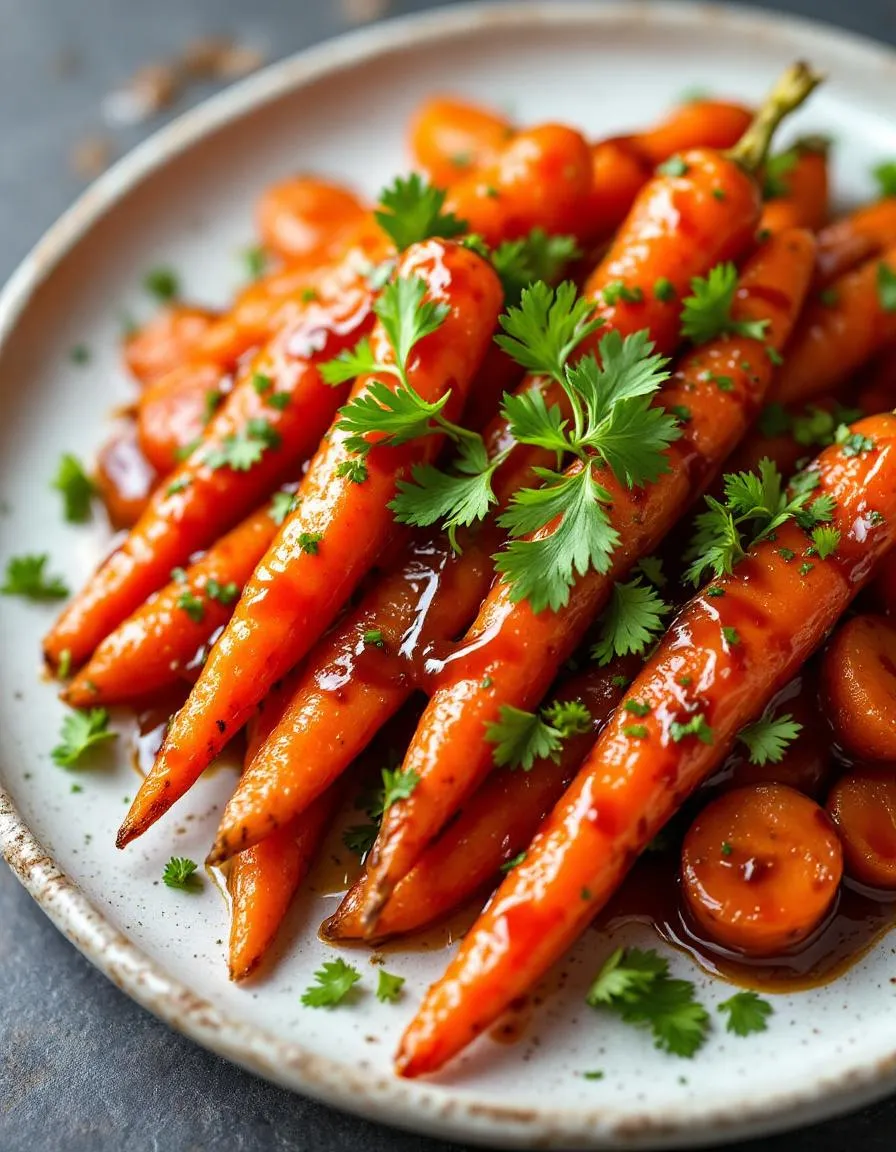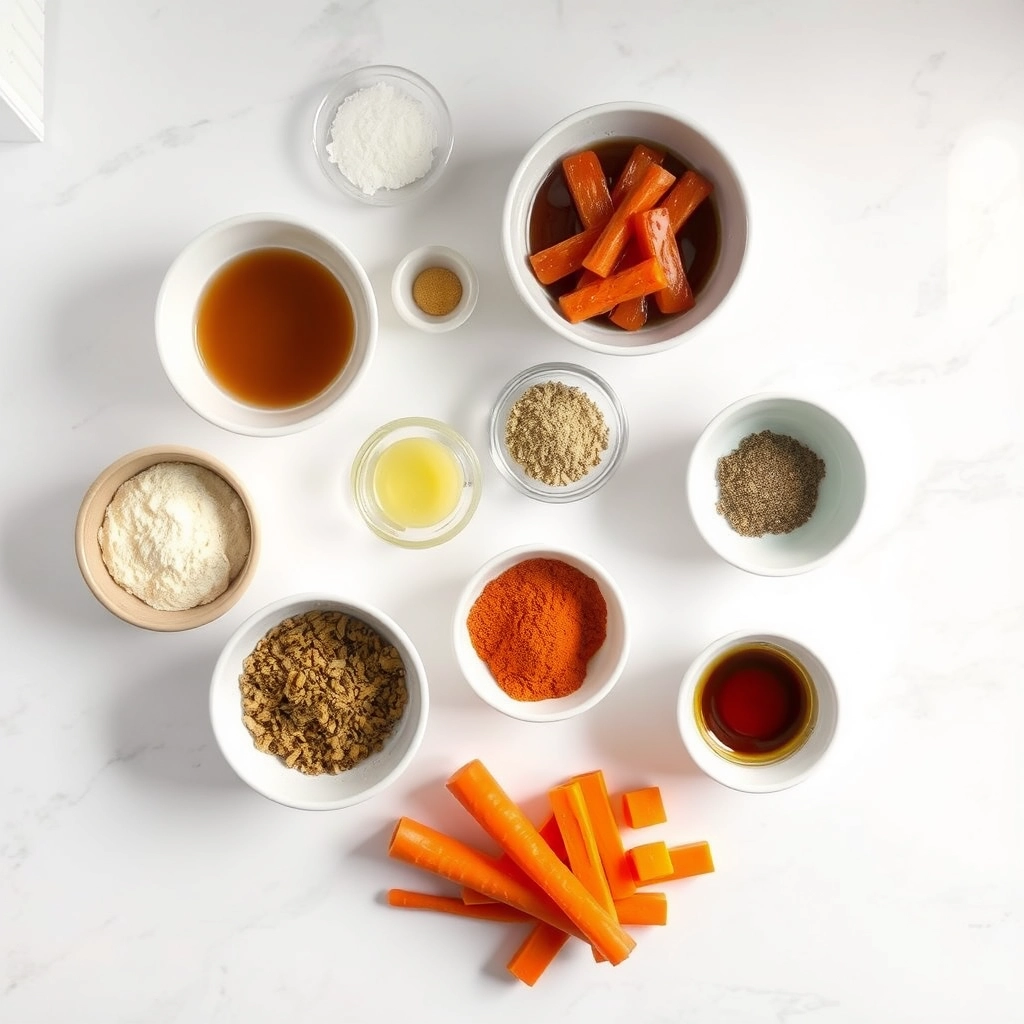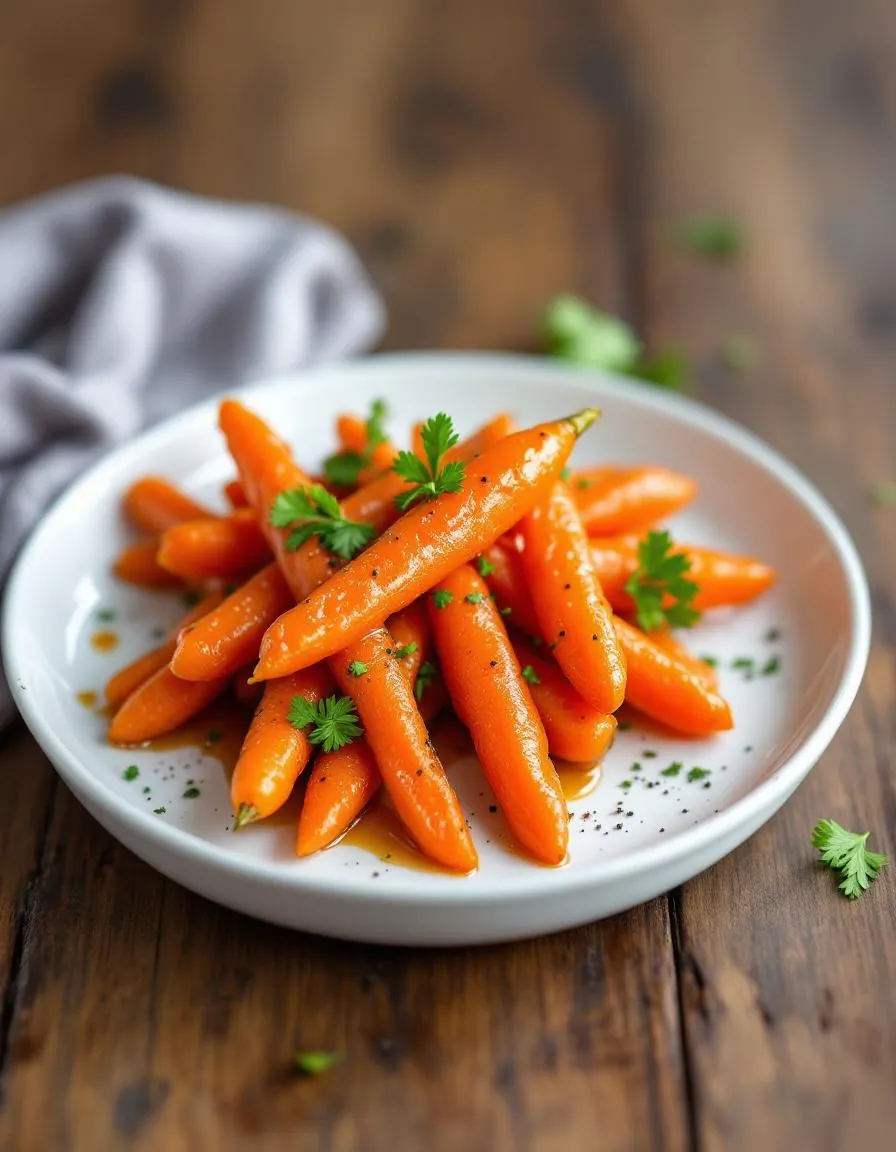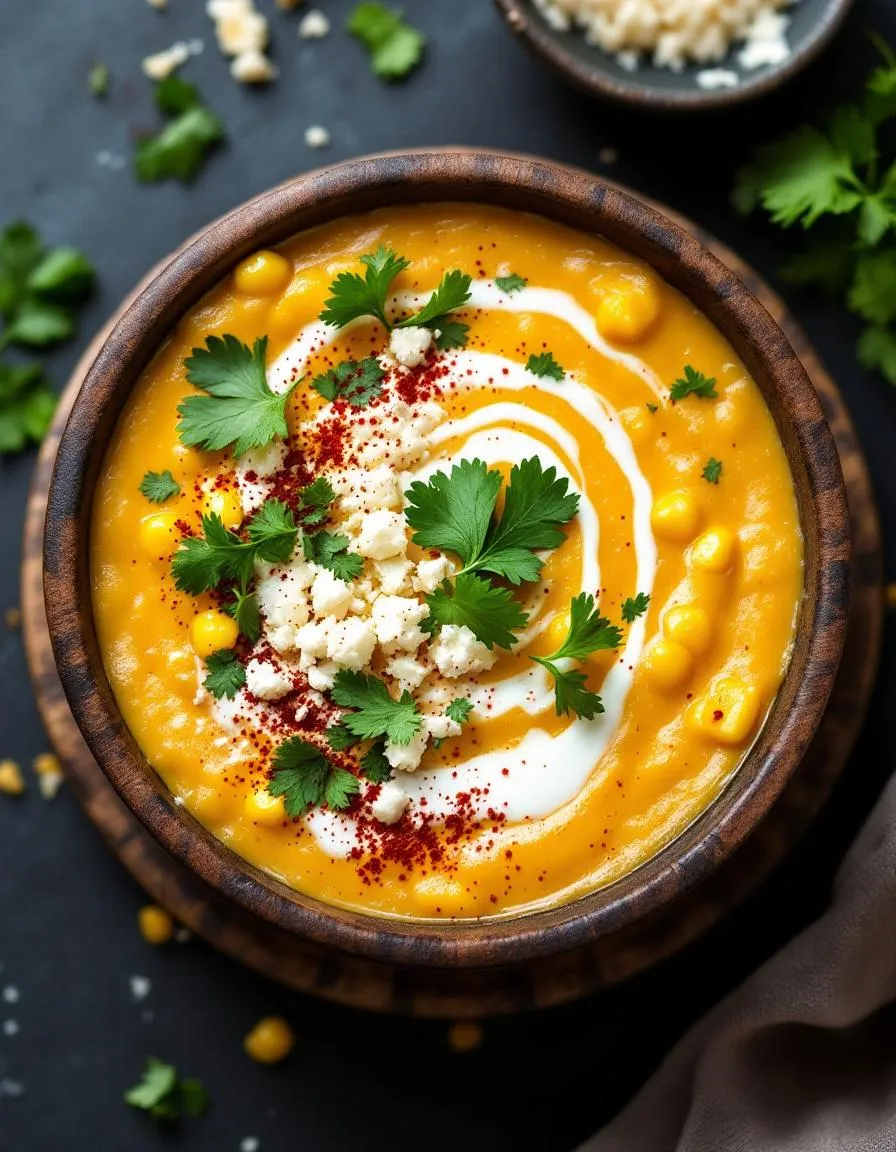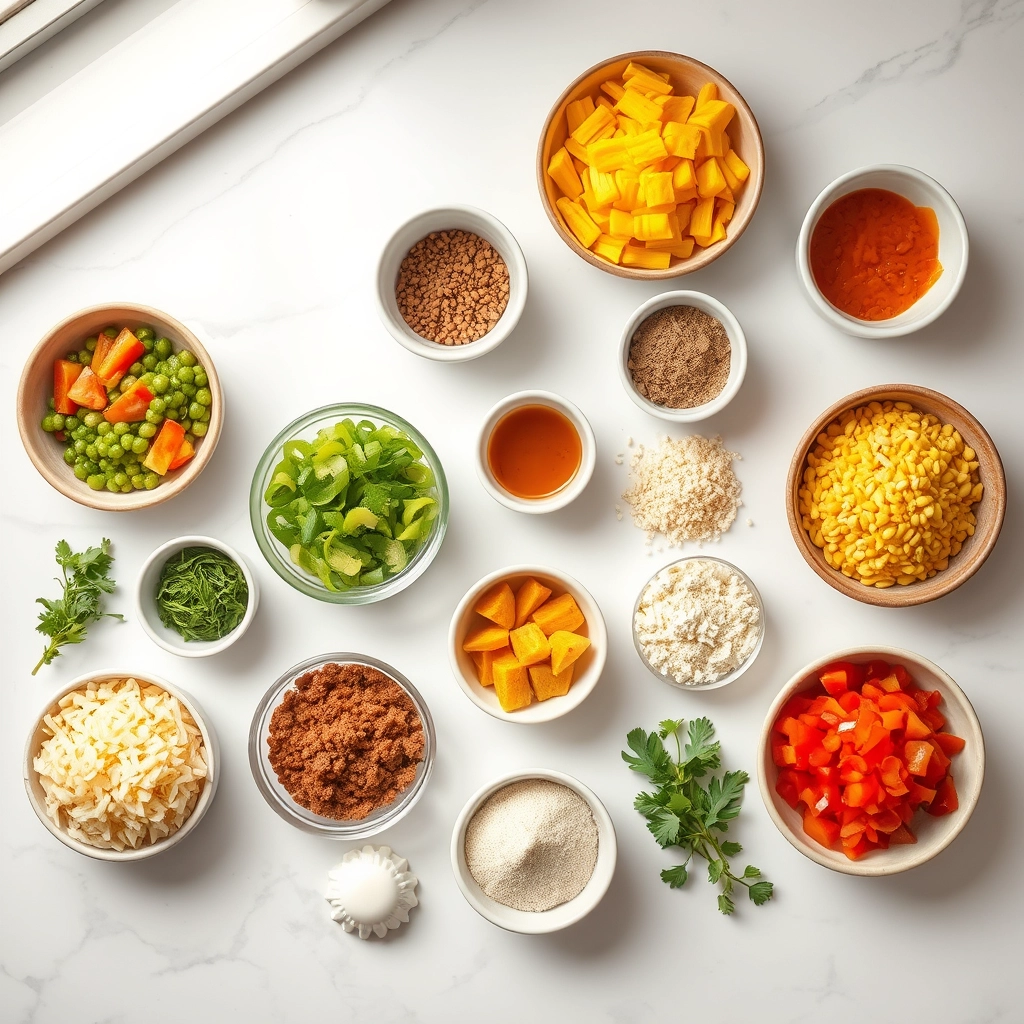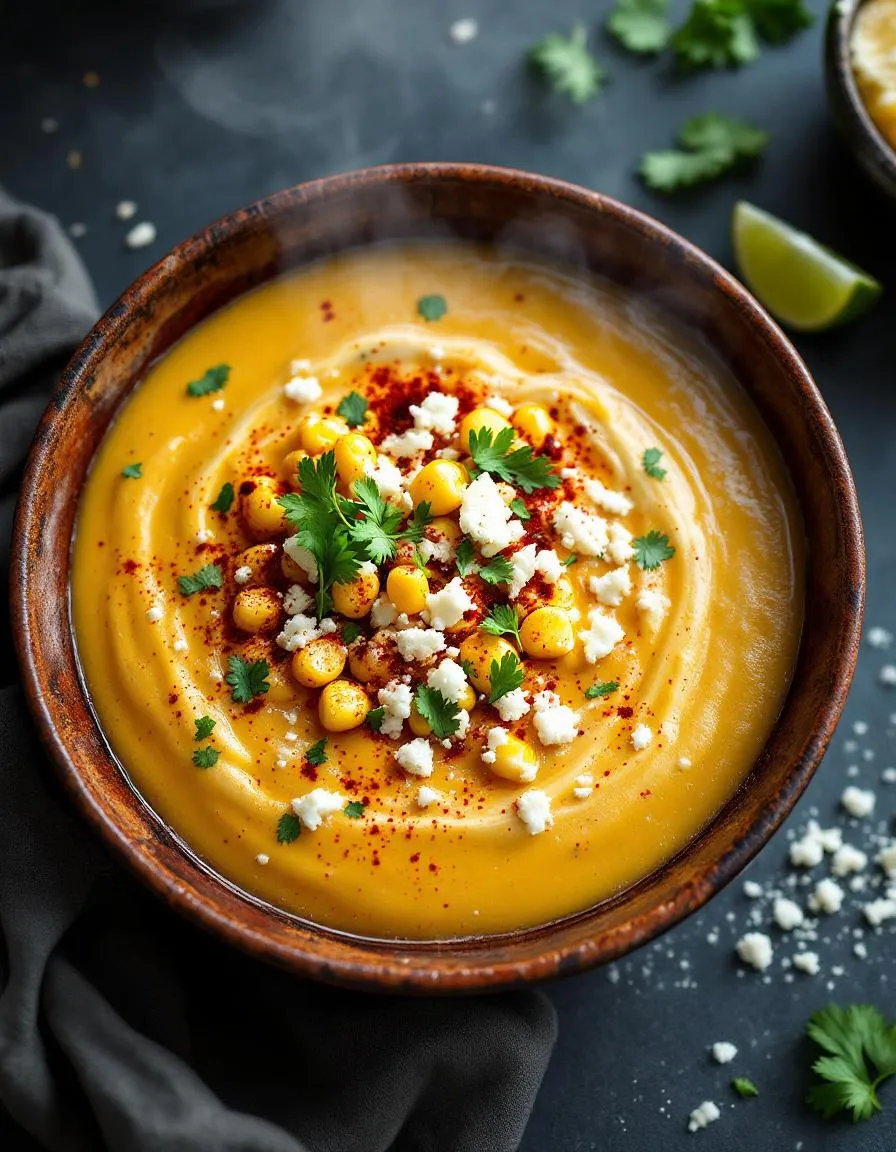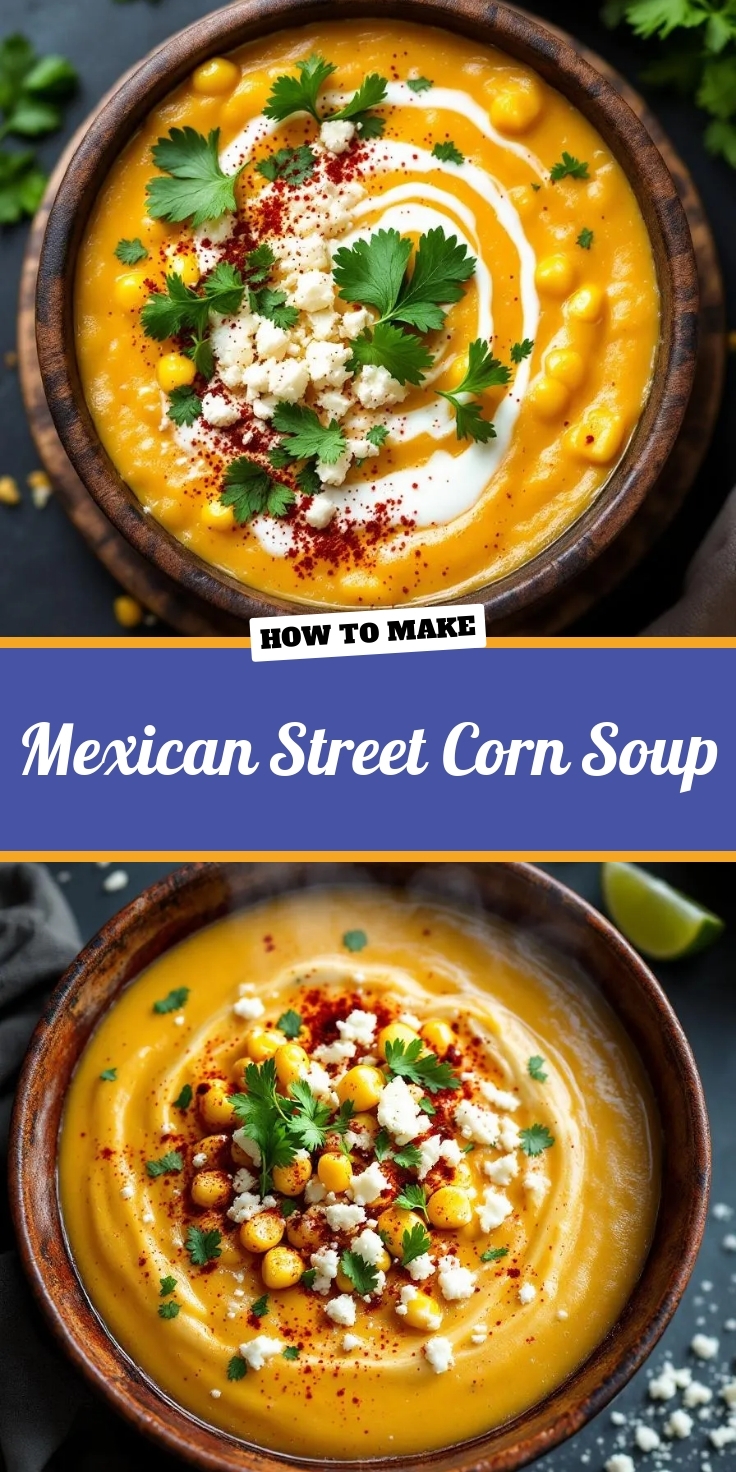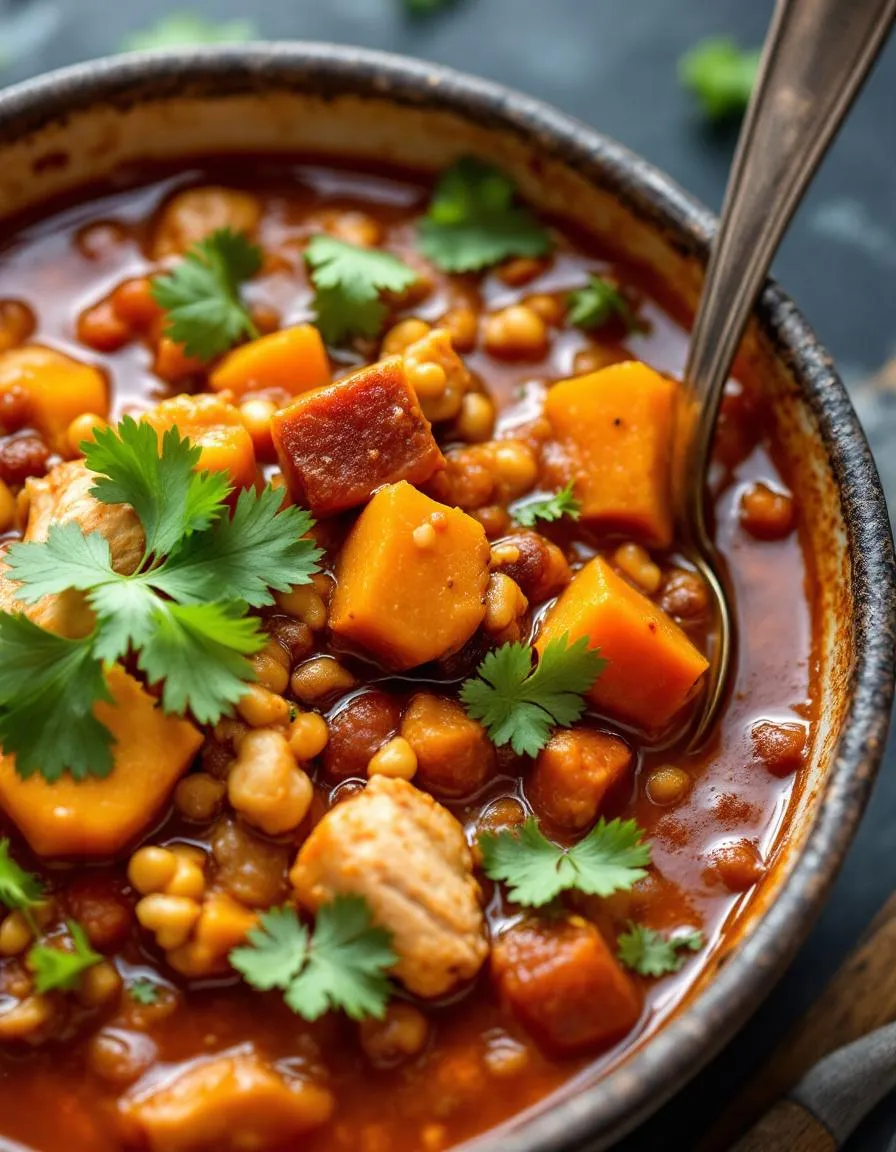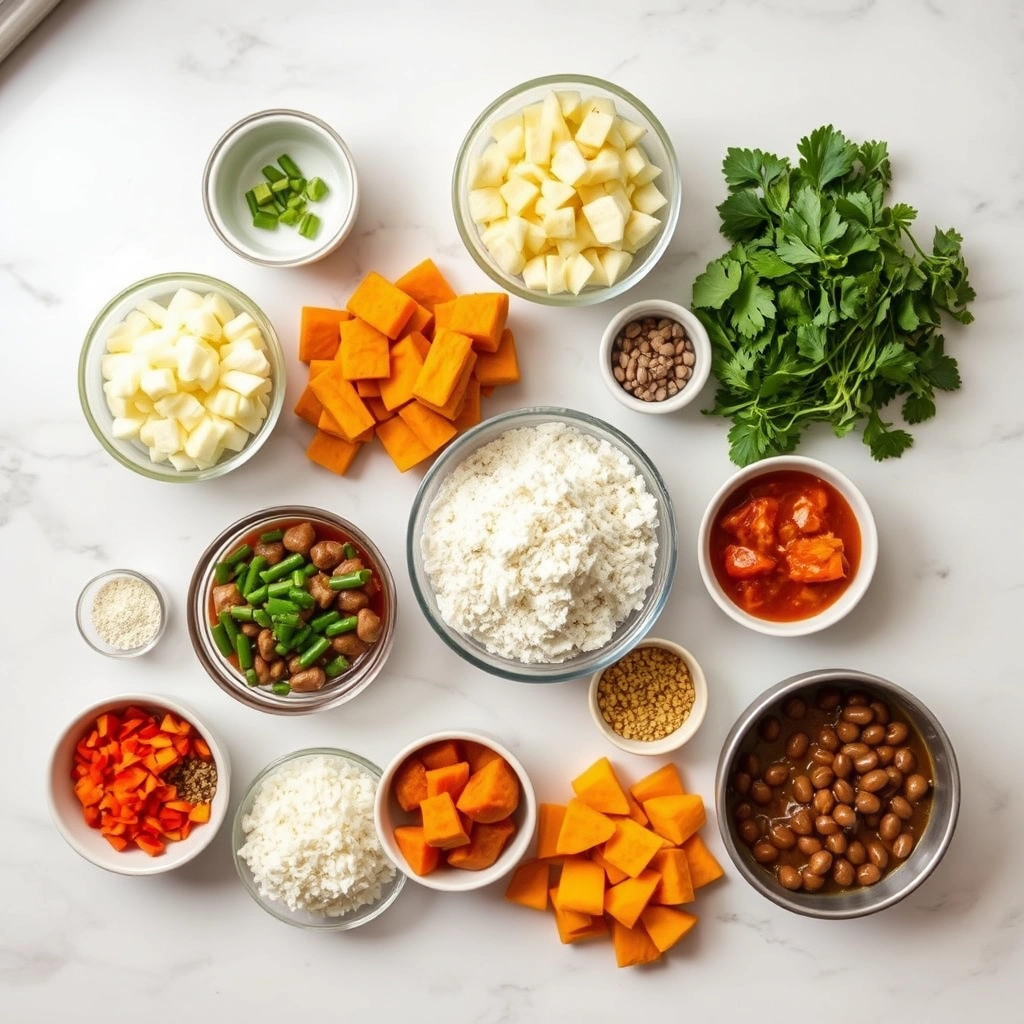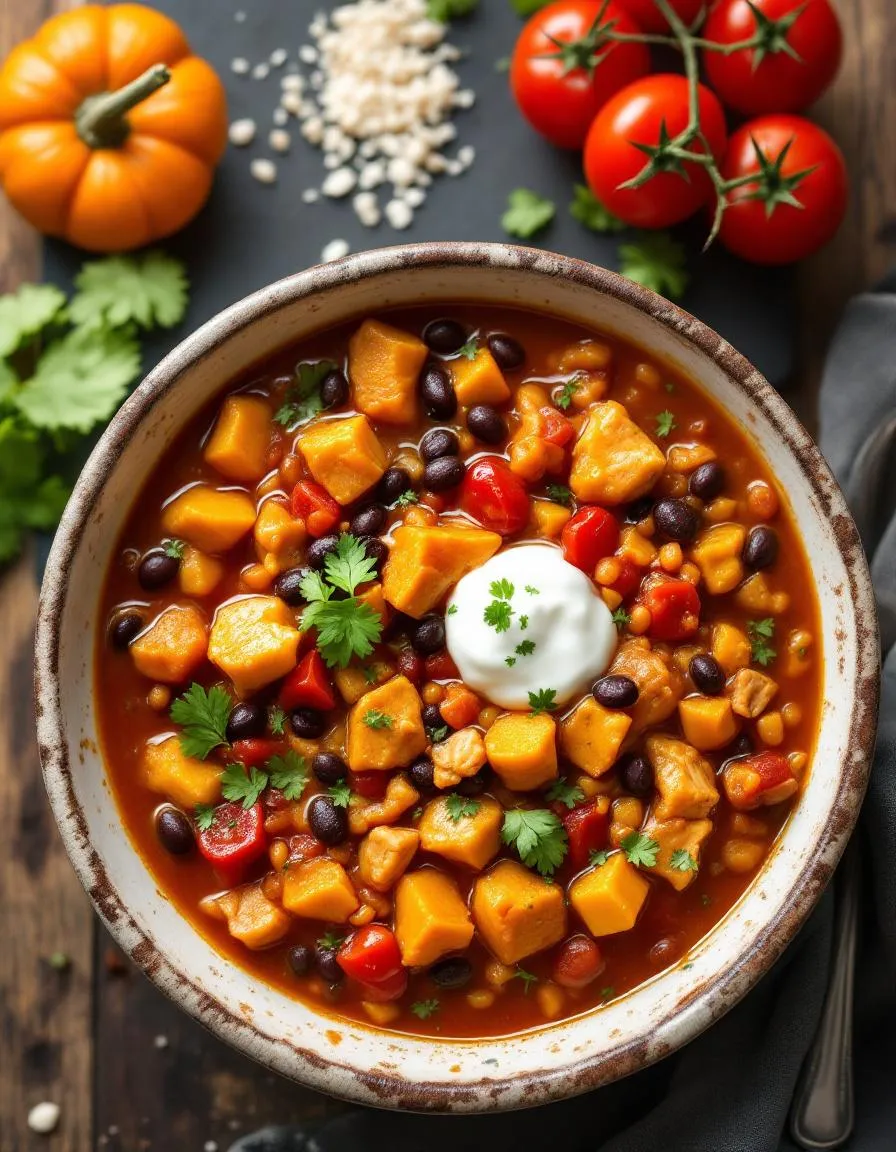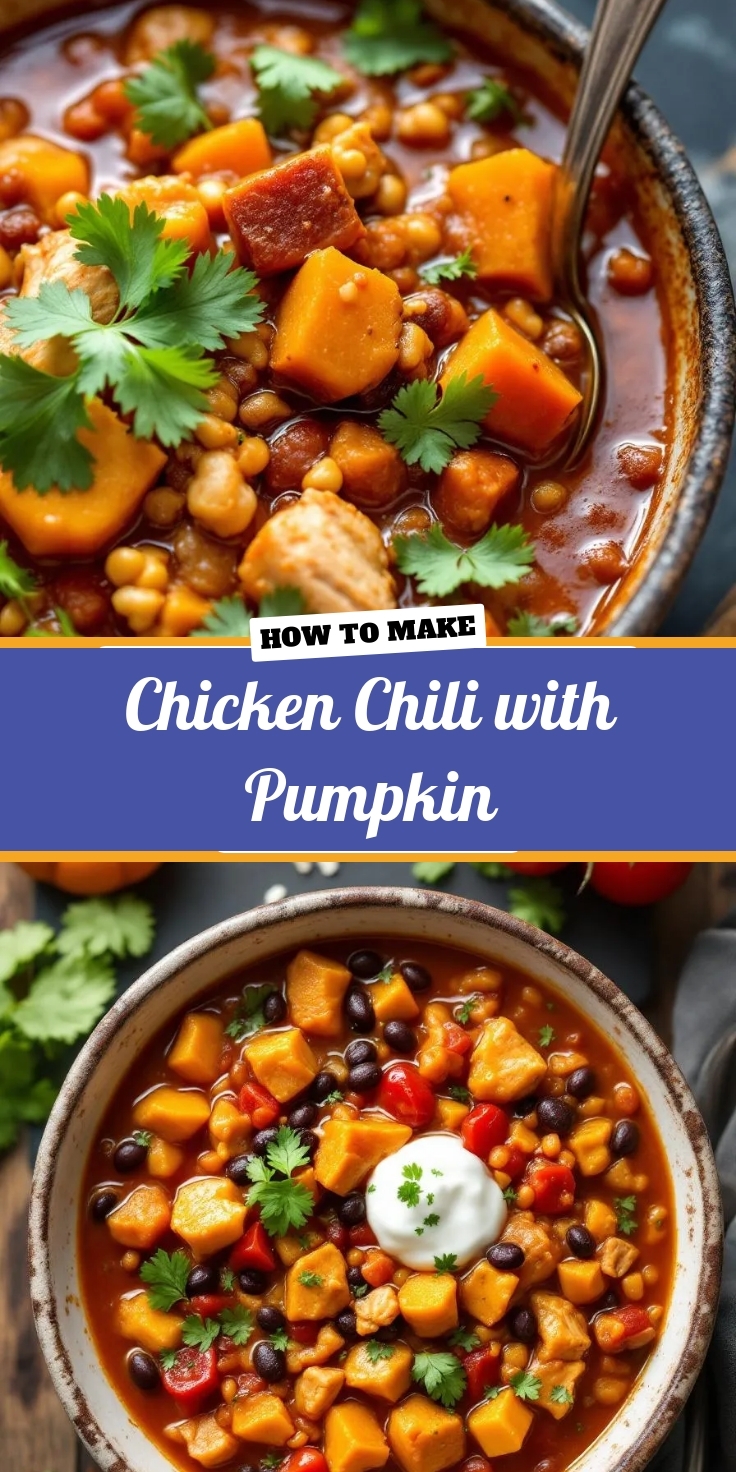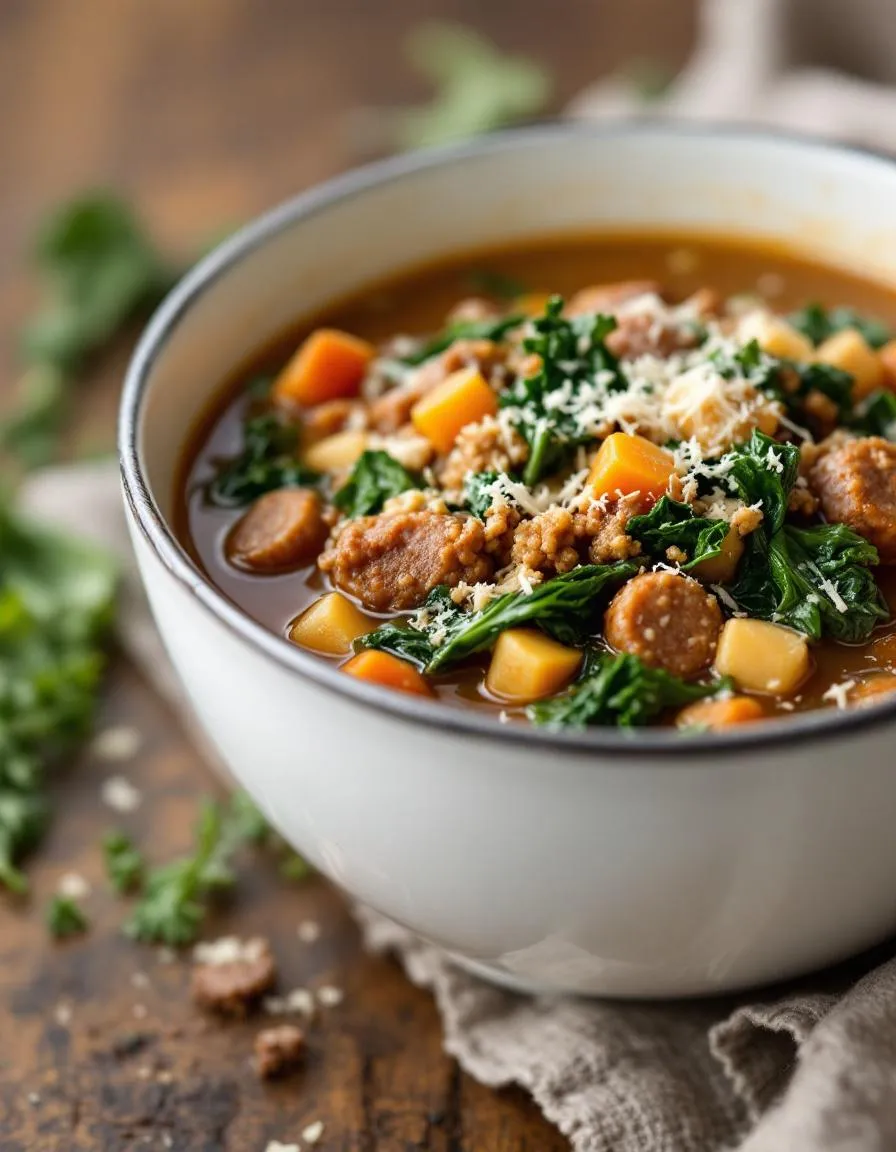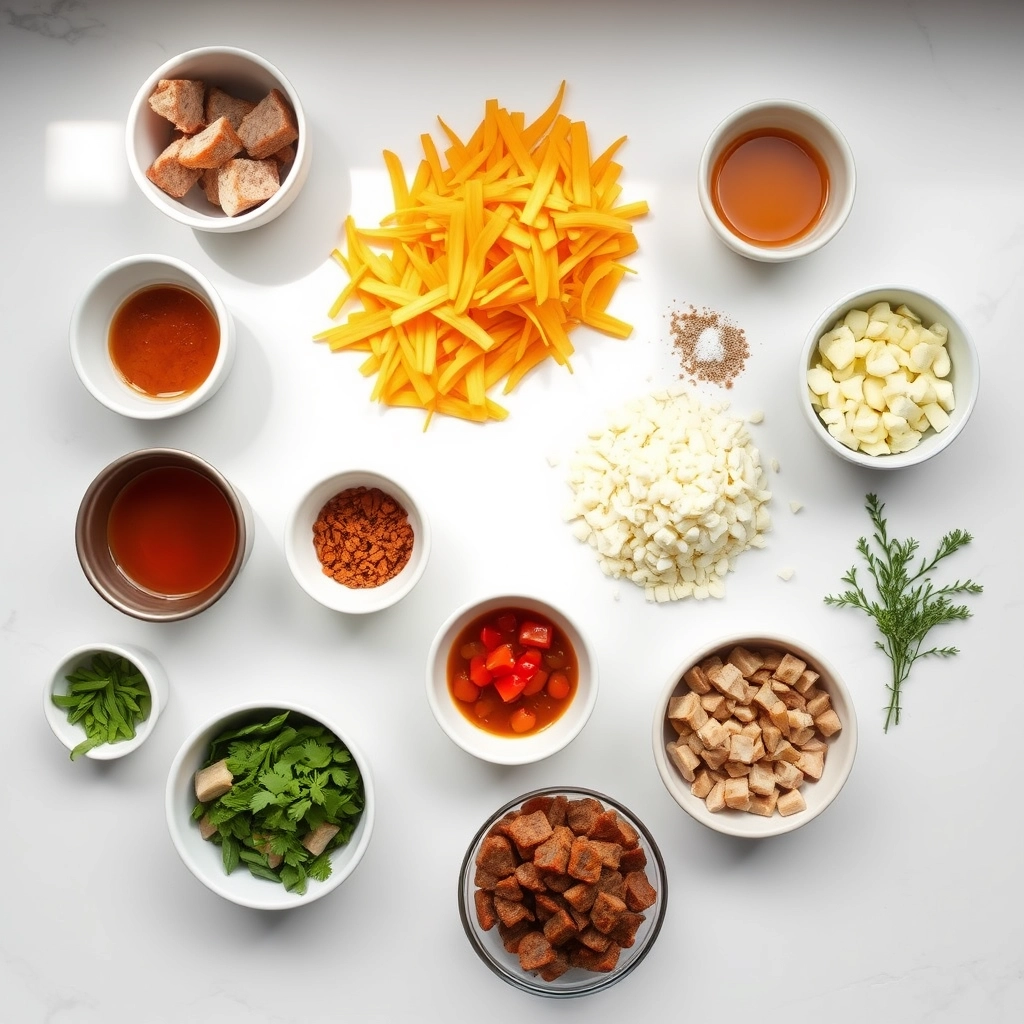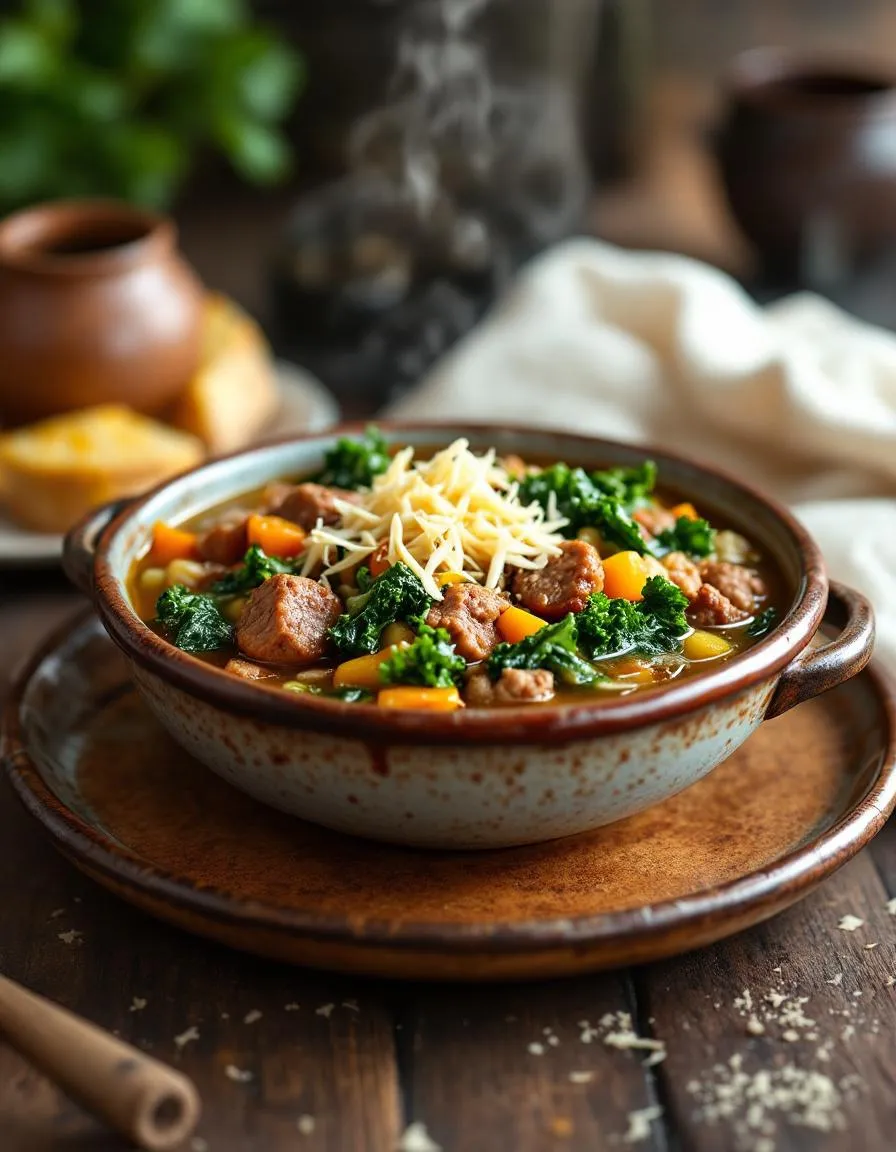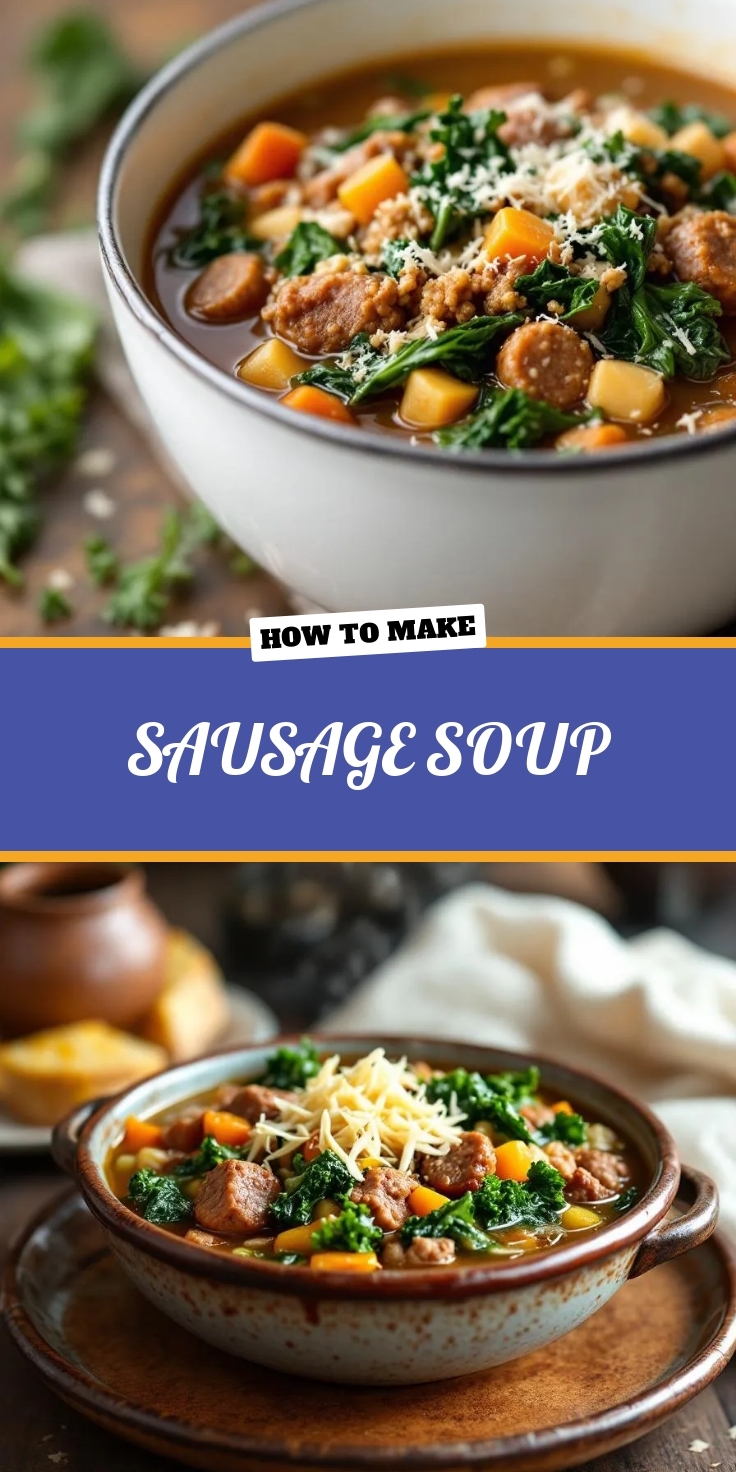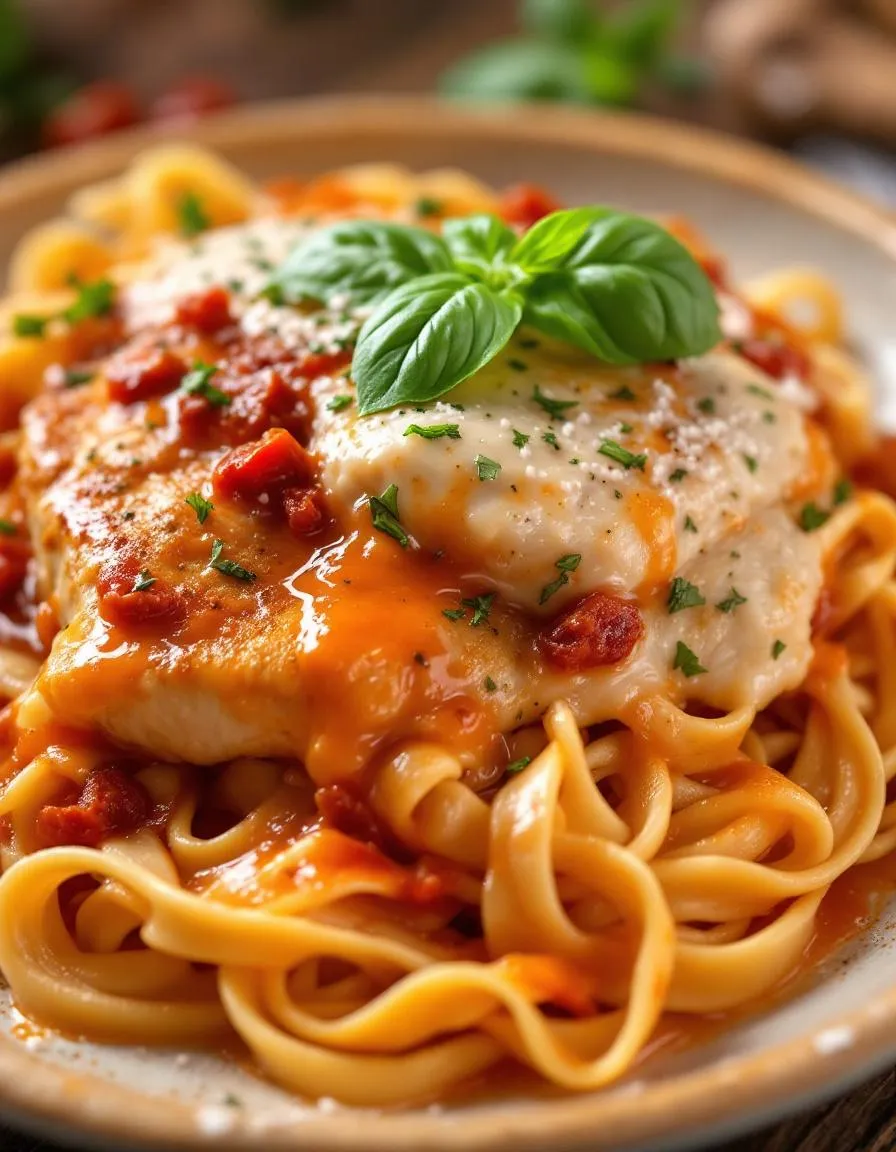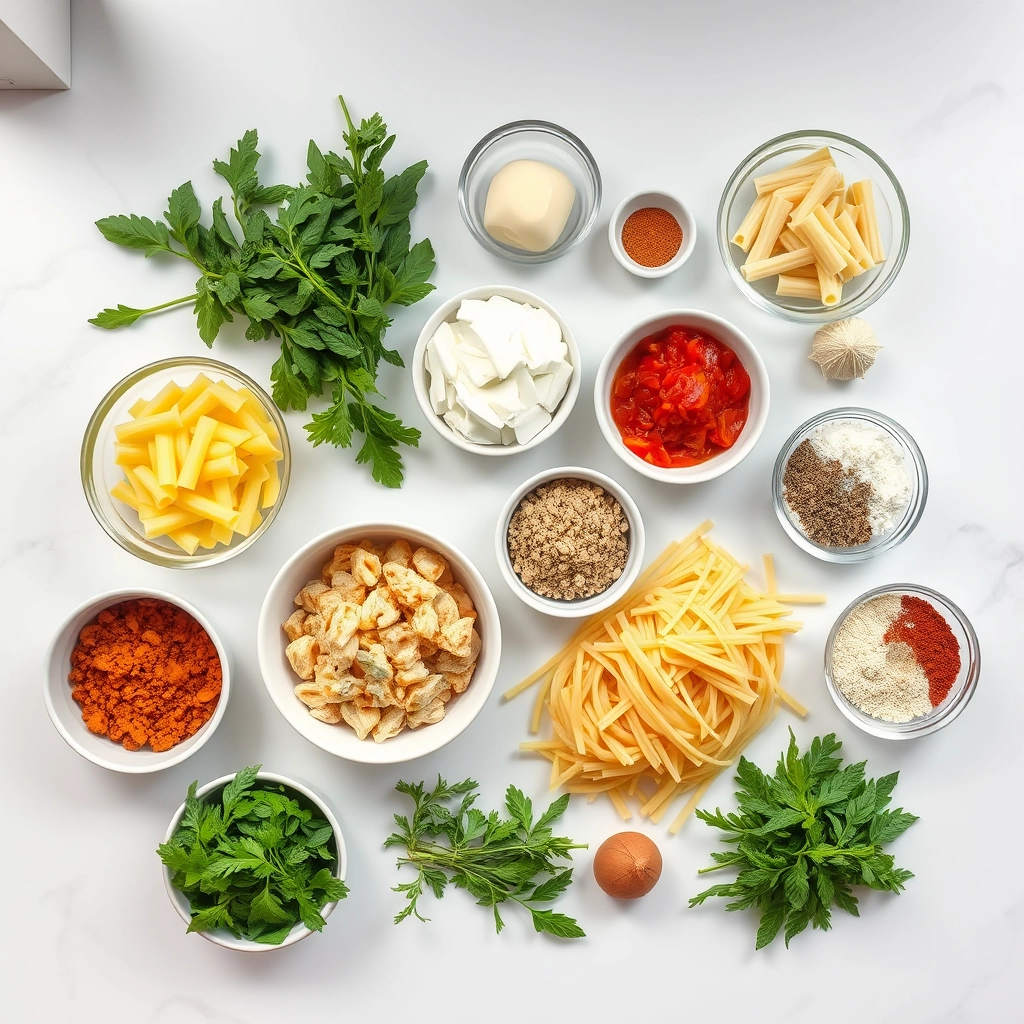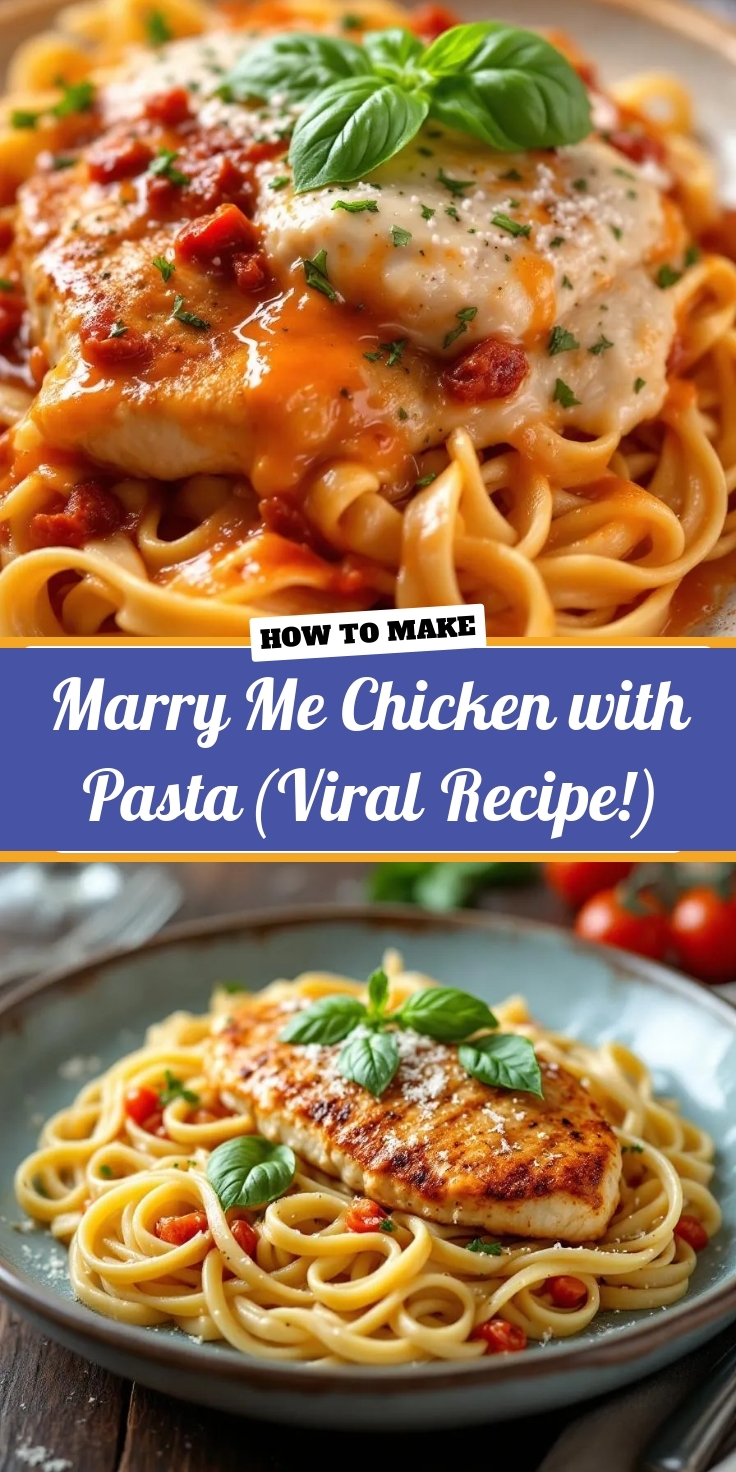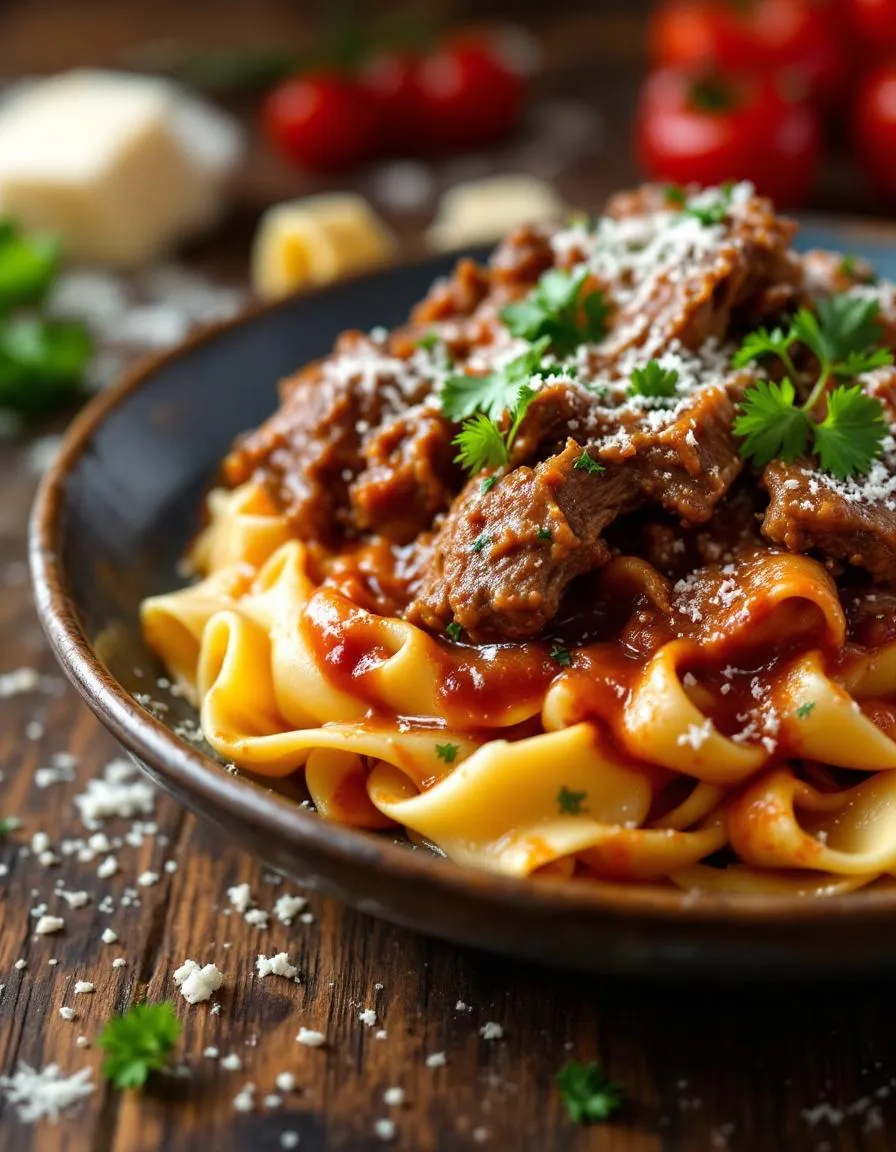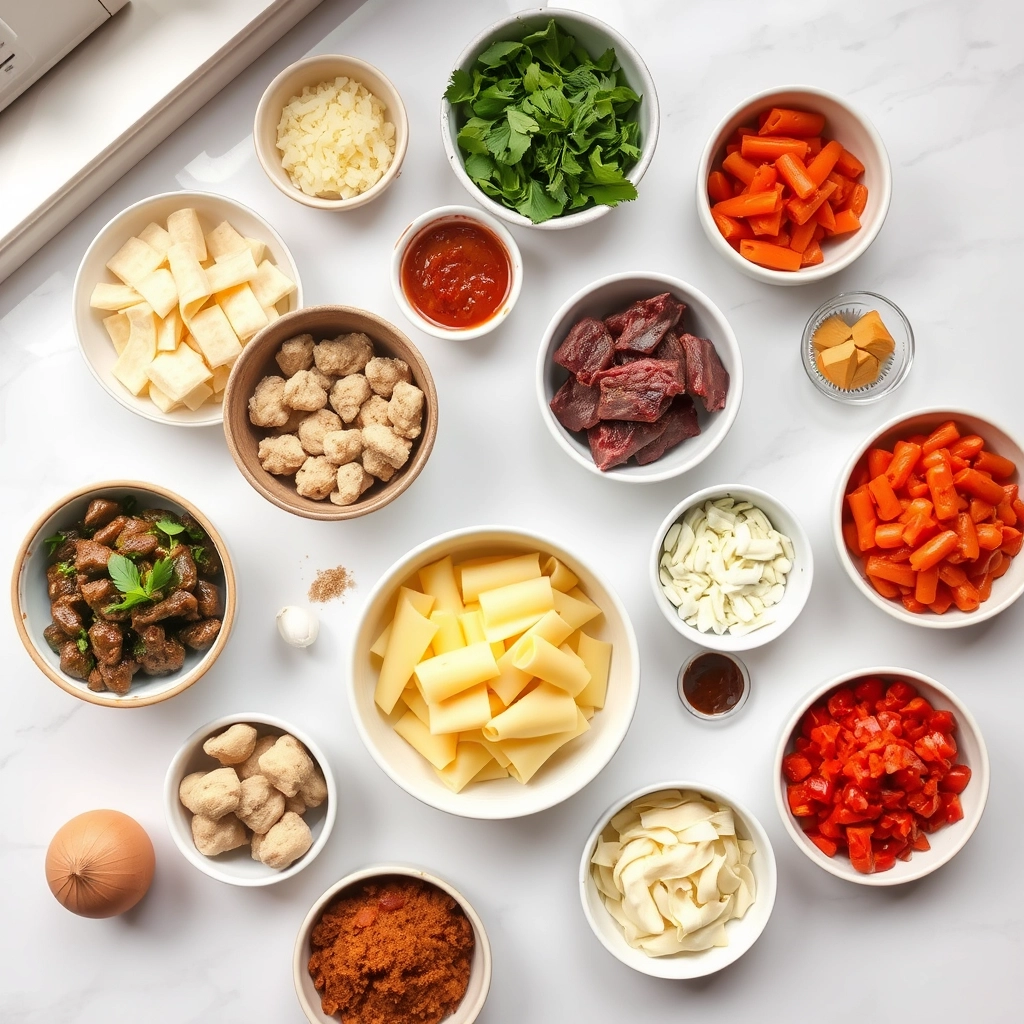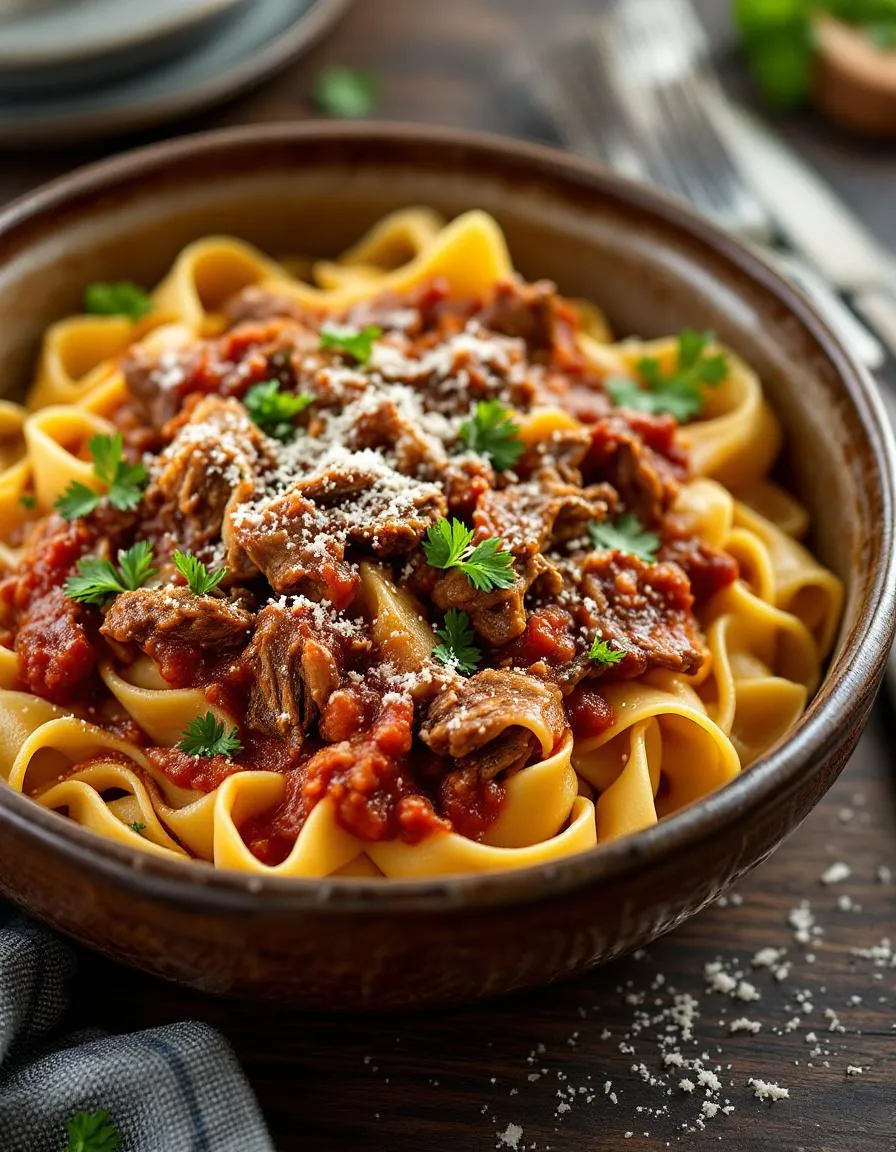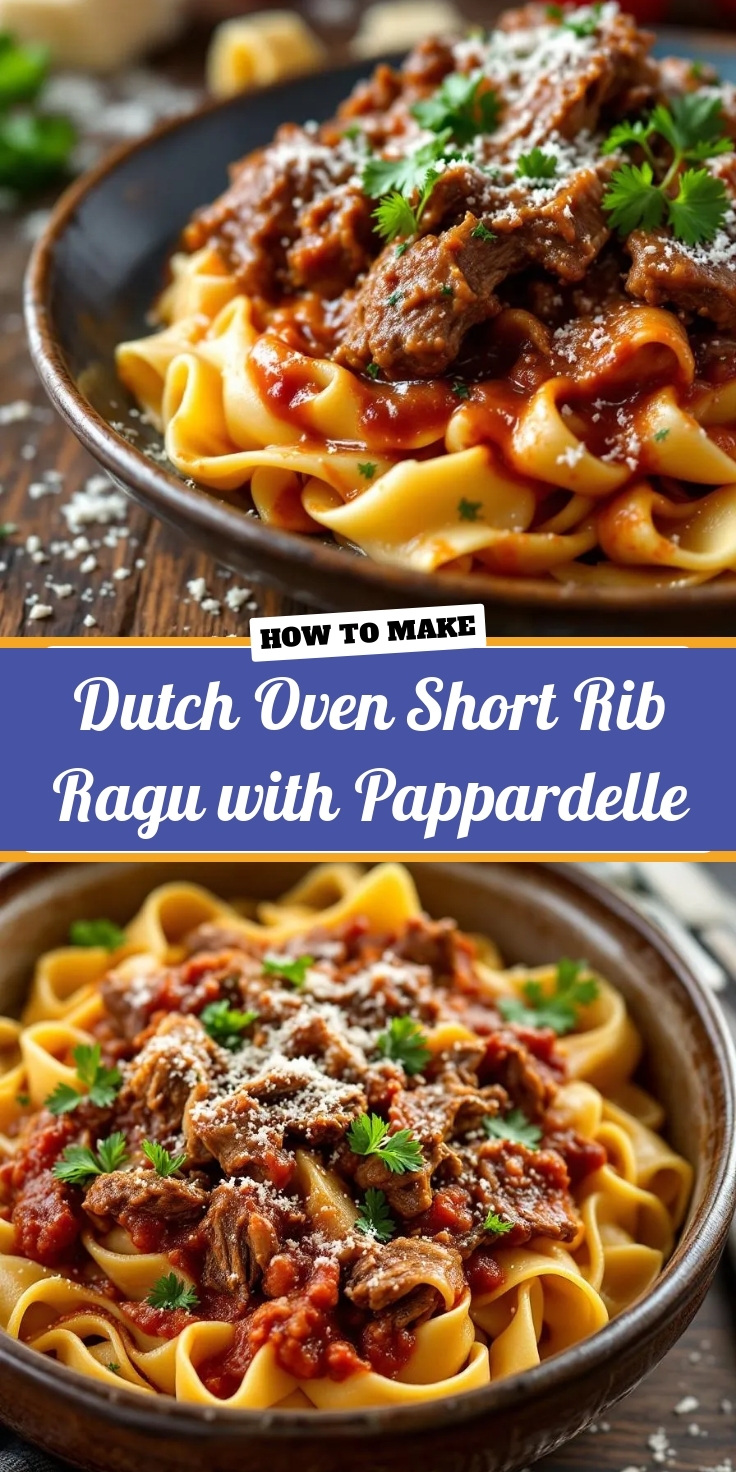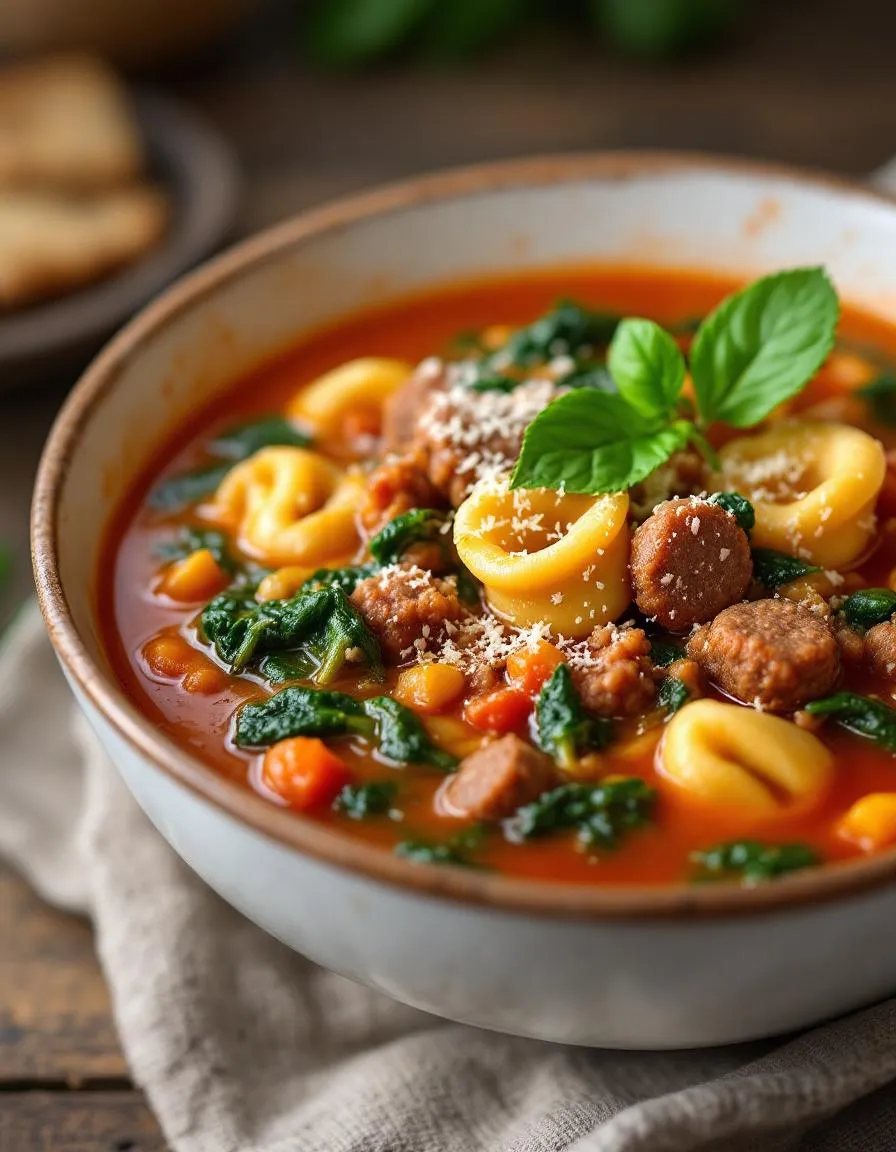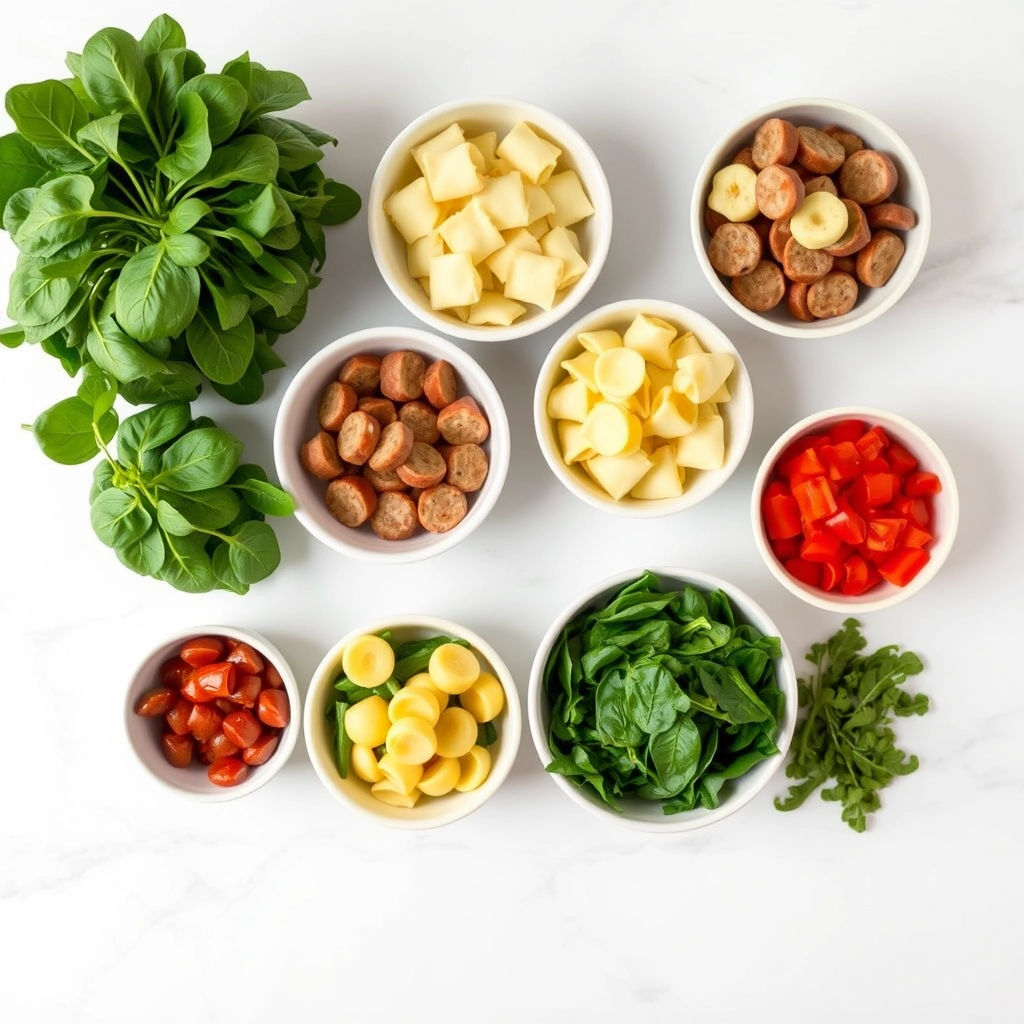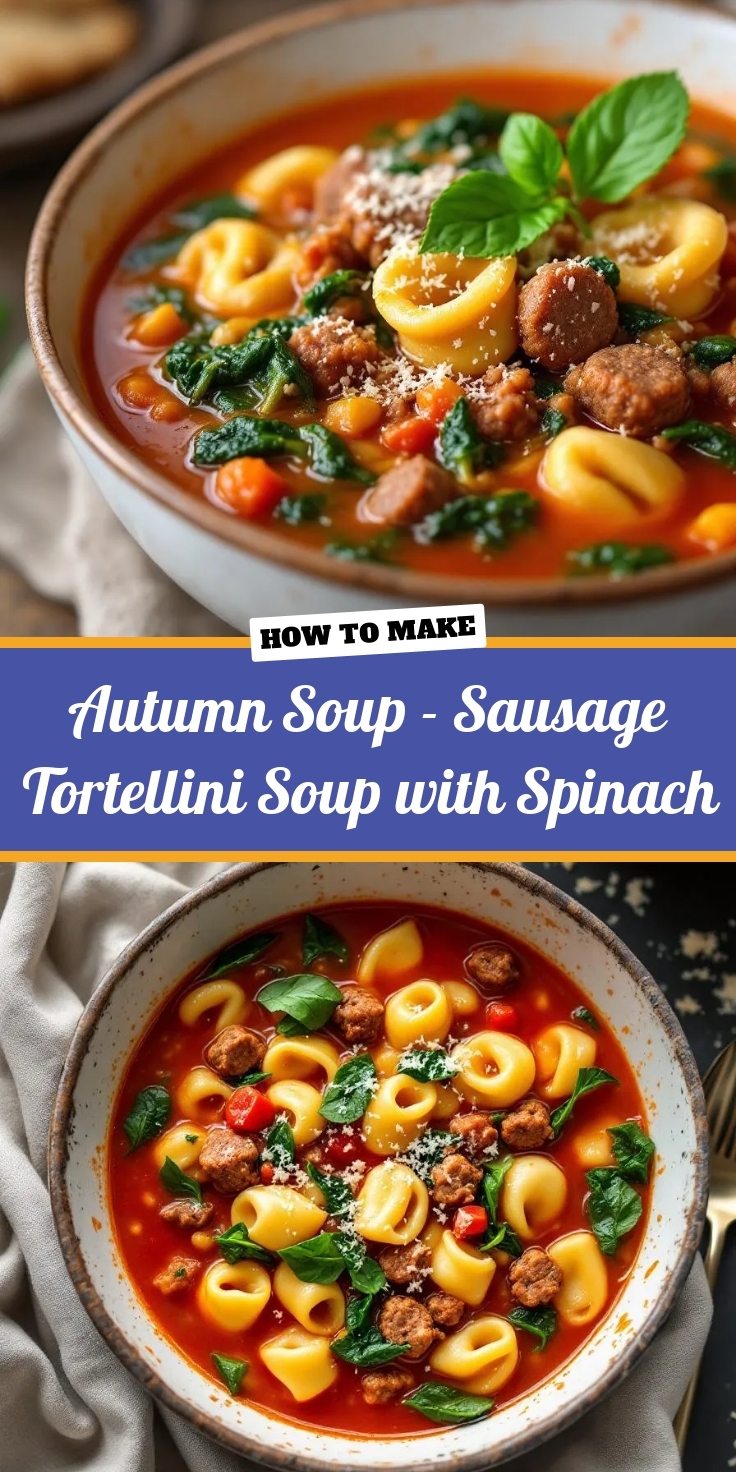There is something incredibly comforting about a warm bowl of soup on a chilly evening. It feels like a hug from the inside, especially when it captures all the beloved flavors of a classic dish. This particular recipe for Creamy Chicken Enchilada Soup does exactly that. It transforms the familiar, cozy experience of rolling enchiladas into a simple, spoonable delight. You get that rich, tangy, and slightly spicy taste without any of the fuss. Ultimately, it is the ultimate weeknight dinner solution that promises to satisfy the whole family and become an instant favorite in your household.
About This Recipe
Creamy Chicken Enchilada Soup is essentially a deconstructed version of the classic Mexican-inspired casserole. Instead of spending time filling and rolling tortillas, you simply combine tender chicken, black beans, corn, and a rich, flavorful broth in one pot. The magic happens when you blend creamy elements like cream cheese into a spiced base of enchilada sauce and green chiles. Consequently, every spoonful delivers a perfect harmony of textures and tastes, from the hearty chunks of chicken to the smooth, velvety broth. This dish matters because it delivers maximum comfort with minimal effort, making gourmet-level flavor accessible to even the busiest home cooks.
This recipe fits our blog’s tone perfectly, as we always strive to share meals that are both approachable and exceptionally delicious. We believe that fantastic food should not require complicated techniques or hard-to-find ingredients. For instance, this soup uses pantry staples you likely already have, similar to the convenient approach we take with our easy breakfast ideas. Furthermore, this Creamy Chicken Enchilada Soup is incredibly versatile. You can easily adjust the spice level to your liking or add your favorite toppings, much like you would customize a batch of our popular homemade pancake mix. Therefore, it is a practical and crowd-pleasing meal that embodies our philosophy of simple, satisfying cooking.
Why I Love This Recipe
I have a deep personal connection to this Creamy Chicken Enchilada Soup because it was my grandmother’s clever solution for feeding a hungry family on a tight schedule. She would proudly declare that it contained all the soul of her famous enchiladas in half the time. Now, I make it for my own family on those busy weeknights when we need a guaranteed win. The aroma of the spices and simmering chicken instantly fills our home with a sense of warmth and togetherness. Every time I taste it, I remember her kitchen and feel that same love, which I now get to pass on to my kids with every single bowl.
Health and Nutrition
Why it’s good for your body
This Creamy Chicken Enchilada Soup delivers a powerful nutritional punch. First, the lean chicken breast provides a fantastic source of high-quality protein. Consequently, this protein helps your body build and repair muscle tissue, keeping you strong and satisfied for hours.
Moreover, the tomatoes and peppers contribute a significant amount of vitamins A and C. These essential antioxidants actively support your immune system and promote healthy skin. Additionally, the beans offer a fantastic dose of fiber, which is crucial for digestive health and maintaining steady energy levels.
Furthermore, you can feel good about the ingredients in this comforting dish. Unlike many canned versions, you control the sodium and avoid preservatives. Ultimately, a bowl of this Creamy Chicken Enchilada Soup nourishes your body with whole foods. Therefore, it is a deliciously smart choice for anyone seeking a wholesome meal.
How it fits in a healthy lifestyle
This Creamy Chicken Enchilada Soup easily supports a balanced and healthy lifestyle. It is naturally high in protein from the chicken and fiber from the beans, which makes it incredibly filling and perfect for managing your appetite. You can enjoy it as a complete lunch or pair it with a simple side salad for a light yet satisfying dinner.
For those following specific dietary plans, this soup is a great fit. It is naturally gluten-free, especially when you use a trusted gluten-free broth. If you are looking for more high-protein meal ideas to power your day, explore our collection of easy high-protein recipes. The versatility of this dish means you can also adjust the toppings to meet your goals. For instance, opting for Greek yogurt instead of sour cream adds a probiotic boost while keeping it light. Remember, healthy eating is about making smart choices you can sustain. For more inspiration on building nutritious meals, check out our guide on simple healthy eating tips that work for real life.
PrintCreamy Chicken Enchilada Soup
Description
A rich and comforting soup that combines the flavors of chicken enchiladas in a creamy, satisfying bowl.
Ingredients
For the Crust:
- 1 lb cooked shredded chicken breast
- 1 can (10 oz) red enchilada sauce
- 1 can (10 oz) condensed cream of chicken soup
- 1 can (15 oz) black beans, rinsed and drained
- 1 can (15 oz) corn, drained
- 1 cup chicken broth
- 1 cup heavy cream
- 1 tsp cumin
- 1 tsp chili powder
- 1/2 cup shredded cheddar cheese
- Tortilla strips and cilantro for garnish
Instructions
1. Prepare the Crust:
- In a large pot, combine enchilada sauce, cream of chicken soup, chicken broth, cumin, and chili powder. Stir until smooth.
- Add shredded chicken, black beans, and corn. Bring to a simmer over medium heat, stirring occasionally.
- Reduce heat to low and stir in heavy cream and cheddar cheese until cheese is melted and soup is creamy. Do not boil.
- Serve hot garnished with tortilla strips and fresh cilantro.
Notes
You can customize the seasonings to taste.
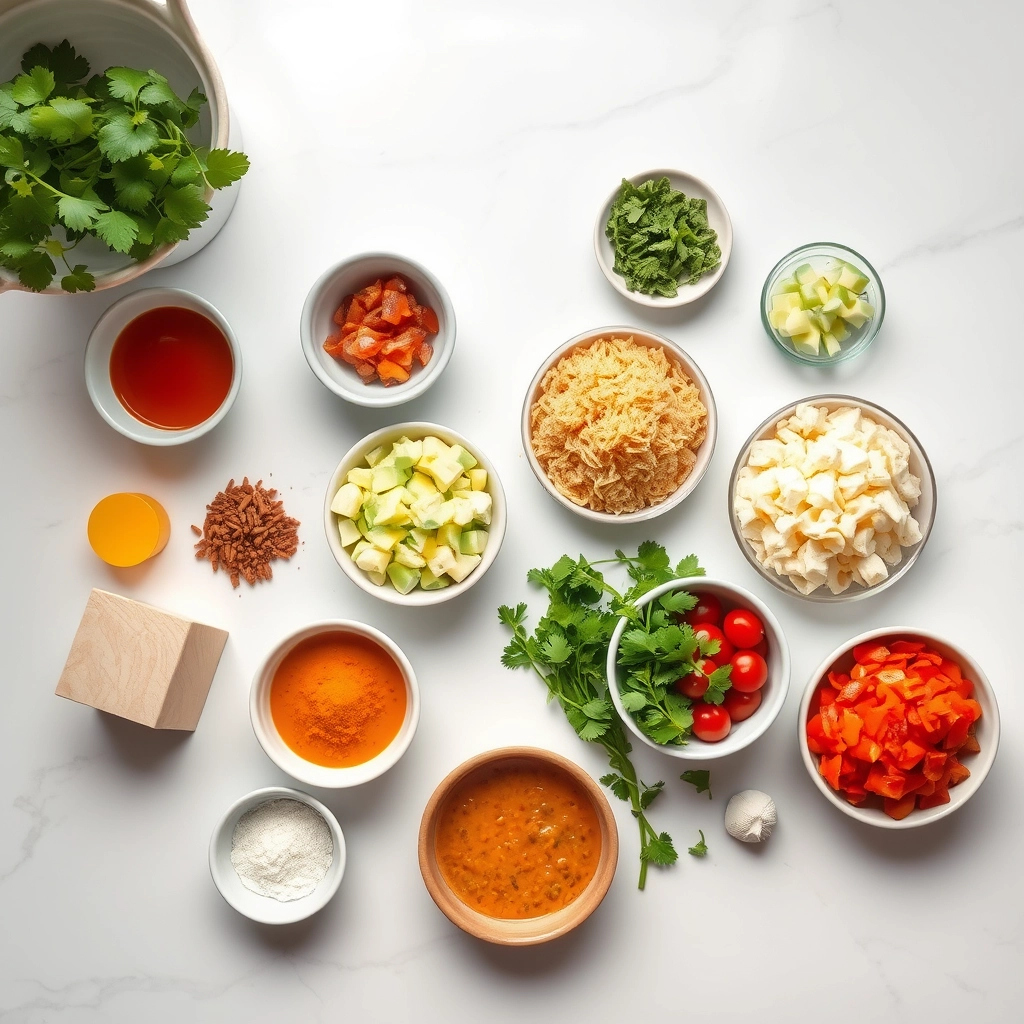
How to Prepare This Dish
Steps and time-saving tips
First, grab your largest soup pot and set it over medium-high heat. Pour in a bit of oil and sauté your chopped onions until they turn soft and translucent. Next, add the minced garlic and stir constantly for about one minute until its aroma fills your kitchen. Then, add your shredded rotisserie chicken, black beans, corn, and diced green chiles. Stir everything together so the flavors start to mingle. Pour in the chicken broth, enchilada sauce, and all of your seasonings. Bring the entire pot to a lively boil, then immediately reduce the heat to a gentle simmer. Let your Creamy Chicken Enchilada Soup bubble away for at least fifteen minutes; this allows the flavors to deepen beautifully. Meanwhile, in a separate bowl, whisk together the cream cheese and heavy cream until the mixture is completely smooth. Slowly pour this creamy blend into your simmering soup, stirring continuously to create a velvety, luxurious broth without any lumps. Finally, let your finished Creamy Chicken Enchilada Soup heat through for another five minutes before serving. For a fantastic time-saving tip, use a pre-cooked rotisserie chicken from the store. Additionally, you can prep all your vegetables the night before to make the actual cooking process incredibly fast and simple.
Mistakes I’ve made and learned from
I have definitely learned a few lessons the hard way with this Creamy Chicken Enchilada Soup. My biggest mistake was adding the cream cheese directly into the hot pot in cold, unwieldy chunks. Consequently, I spent what felt like forever trying to whisk out stubborn, rubbery lumps instead of enjoying a smooth soup. Now, I always take the extra minute to soften the cream cheese at room temperature and whisk it with the cream first for a flawless integration. Another error I made was oversalting the broth early on. Since the enchilada sauce and canned beans already contain sodium, I now wait until the very end to taste and season. This simple change ensures my soup is perfectly seasoned every single time. For more guidance on balancing flavors, my post on common kitchen mistakes covers this in detail. Also, if you love the enchilada flavor profile, you must check out my favorite easy beef enchiladas recipe for another comforting meal.
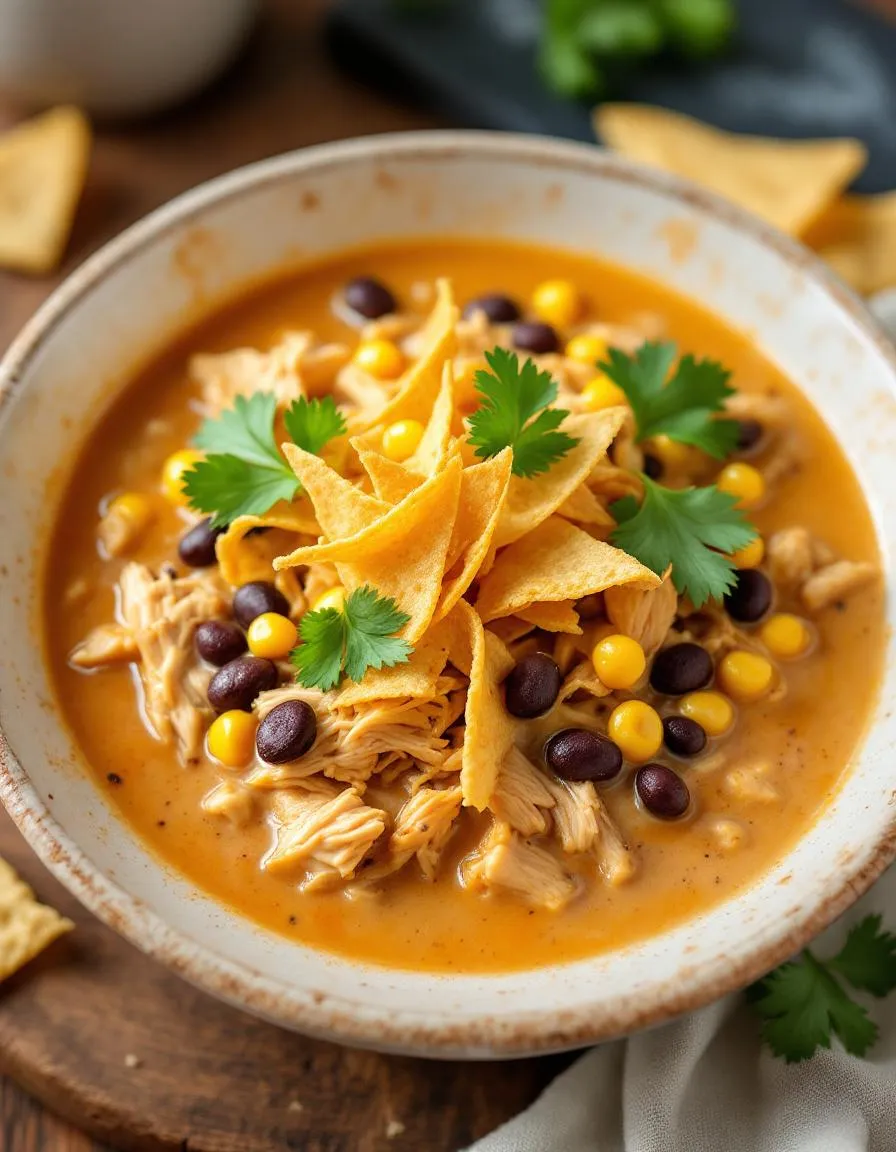
Cultural Connection and Variations
Where this recipe comes from
This Creamy Chicken Enchilada Soup tells a beautiful story of adaptation. Essentially, it takes all the beloved, hearty flavors of a classic enchilada and transforms them into a comforting, spoonable meal. My own family often prepares a huge pot for our annual holiday open house. Consequently, the warm, spiced aroma of it simmering on the stove instantly signals celebration and togetherness for us. Different regions, however, put their own unique spin on this concept.
In some parts of Mexico, you might find a similar soup boasting a brothy base with a powerful chili kick. Conversely, Tex-Mex versions, like this one, often embrace a richer, creamier texture. Families frequently pass down their secret ingredient, whether it’s a splash of fresh lime juice, a specific blend of chiles, or a handful of cilantro stirred in at the very end. Ultimately, every bowl of this Creamy Chicken Enchilada Soup offers a warm, delicious hug, no matter its origin story.
How it fits in today’s cooking
This soup fits perfectly into our modern need for meals that are both comforting and convenient. Busy weeknights demand recipes that deliver big flavor without a huge time investment, making this a go-to choice. Furthermore, it’s an incredibly versatile dish for seasonal cooking. During the crisp fall months, it becomes a staple for football Sundays and cozy family dinners.
Today’s cooks also love to adapt it to their dietary needs. For instance, many easily swap in a plant-based chicken alternative and use a rich vegetable broth. Others might look for a lighter side; therefore, a fresh avocado salad pairs beautifully with the soup’s richness. Moreover, its make-ahead nature makes it ideal for meal prep. You can easily enjoy a bowl for lunch all week, perhaps alongside a slice of gluten-free cornbread for a truly satisfying experience.
Taste and Texture
What makes it delicious
This Creamy Chicken Enchilada Soup wraps you in a warm, comforting embrace from the very first spoonful. Initially, you experience a rich, velvety broth that carries the deep, smoky notes of fire-roasted tomatoes and green chiles. Subsequently, tender shreds of chicken and soft black beans offer a satisfying, hearty chew. Moreover, each bite delivers a gentle, building warmth from the chili powder and cumin, which perfectly complements the cool, creamy swirl of sour cream. Ultimately, the fresh cilantro and a squeeze of lime juice cut through the richness with a bright, fragrant finish. The entire experience of this Creamy Chicken Enchilada Soup is both deeply comforting and excitingly vibrant.
Boosting the flavor
You can easily amplify this soup’s flavor profile with a few creative additions. For instance, top each bowl with a handful of crispy tortilla strips for a delightful crunch that contrasts the creamy base. Furthermore, consider stirring in a spoonful of our creamy avocado crema to add a cool, luxurious texture and a boost of fresh flavor. Alternatively, if you enjoy more heat, a dash of your favorite hot sauce or a sprinkle of pickled jalapeños will truly make it sing. Finally, serving it alongside a slice of our jalapeño cheddar cornbread makes for the ultimate comforting and complete meal.
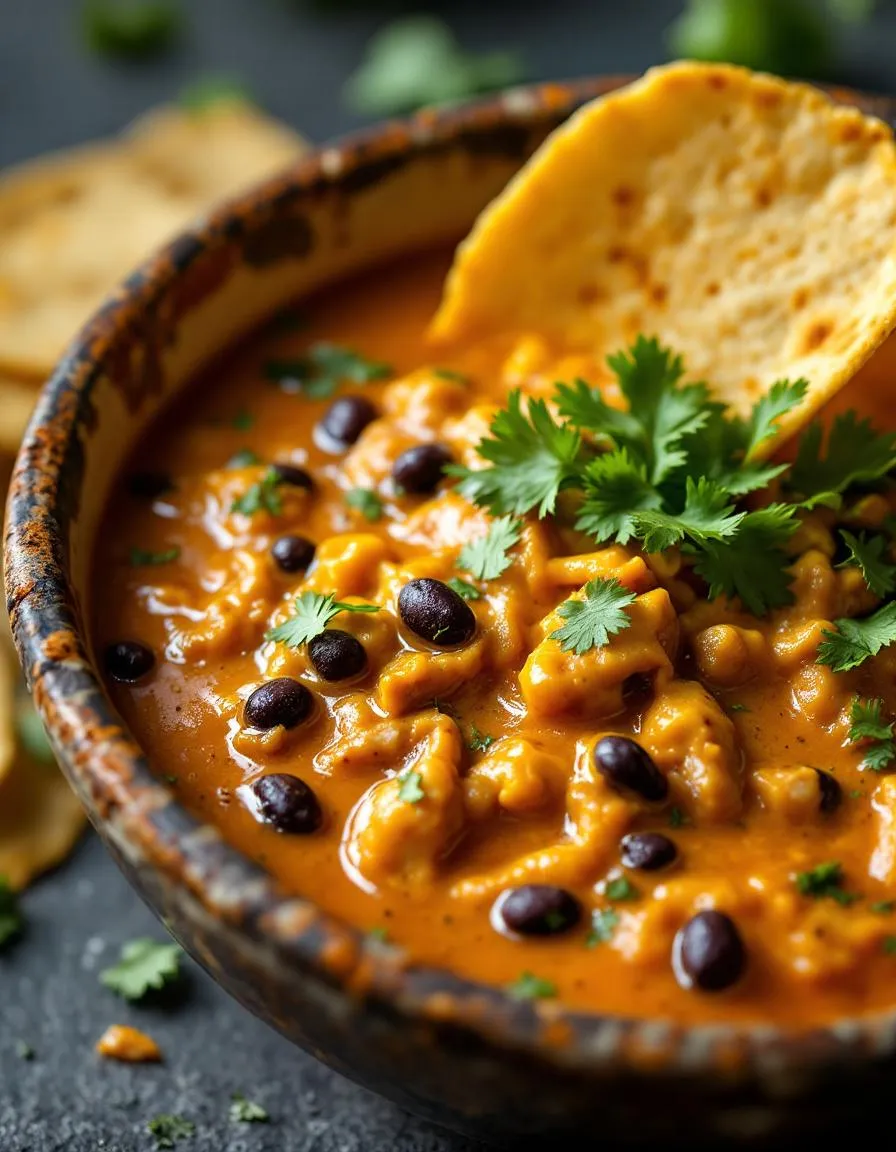
Tips for Success
Best practices for results
First, always shred your chicken against the grain for the most tender texture in every bite. Furthermore, warm your corn tortillas directly over a gas flame or in a dry skillet before cutting them into strips, as this step prevents them from becoming mushy in the broth. Additionally, always temper your cold cream or sour cream by whisking a small amount of hot soup into it before adding it all back to the pot; this method smoothly incorporates it without curdling. For the absolute best flavor, use a high-quality store-bought enchilada sauce or consider making your own using our guide for a truly standout Creamy Chicken Enchilada Soup.
Mistakes to avoid
A common error involves adding all the dairy ingredients at a rapid boil, which unfortunately causes them to curdle and separate. Instead, always reduce your heat to a gentle simmer before stirring in the cream or cheese. Moreover, do not skip sautéing the aromatics like onions and garlic directly in the pot, as this foundational step builds a deep flavor base that you cannot achieve otherwise. Another frequent mistake is using bland, underseasoned broth, so remember to taste and adjust your seasoning at the end. For more guidance on building flavor, read our article on common cooking mistakes to avoid. Finally, avoid overcooking the chicken, as it will become dry and tough; for perfect poultry every time, check out our tips on how to cook chicken breast.
Serving and Pairing Suggestions
How to serve this dish
Present your Creamy Chicken Enchilada Soup in a beautiful way. For instance, serve it in deep, colorful bowls that make the rich, red broth pop. Furthermore, always offer a variety of fresh garnishes on the side so everyone can customize their bowl. This dish truly shines at a casual weeknight dinner or a festive game day gathering. Finally, remember that a warm, crusty bread basket on the table completes the entire comforting experience.
What goes well with it
Firstly, a crisp, citrusy salad provides a refreshing contrast. Our popular Avocado Salad cuts through the soup’s richness with its bright lime dressing. Secondly, you cannot go wrong with a classic side for dipping. Specifically, a batch of our easy Cheesy Garlic Bread soaks up every last delicious drop. For a drink, a light Mexican lager or a sweet iced tea balances the spices in your Creamy Chicken Enchilada Soup perfectly.
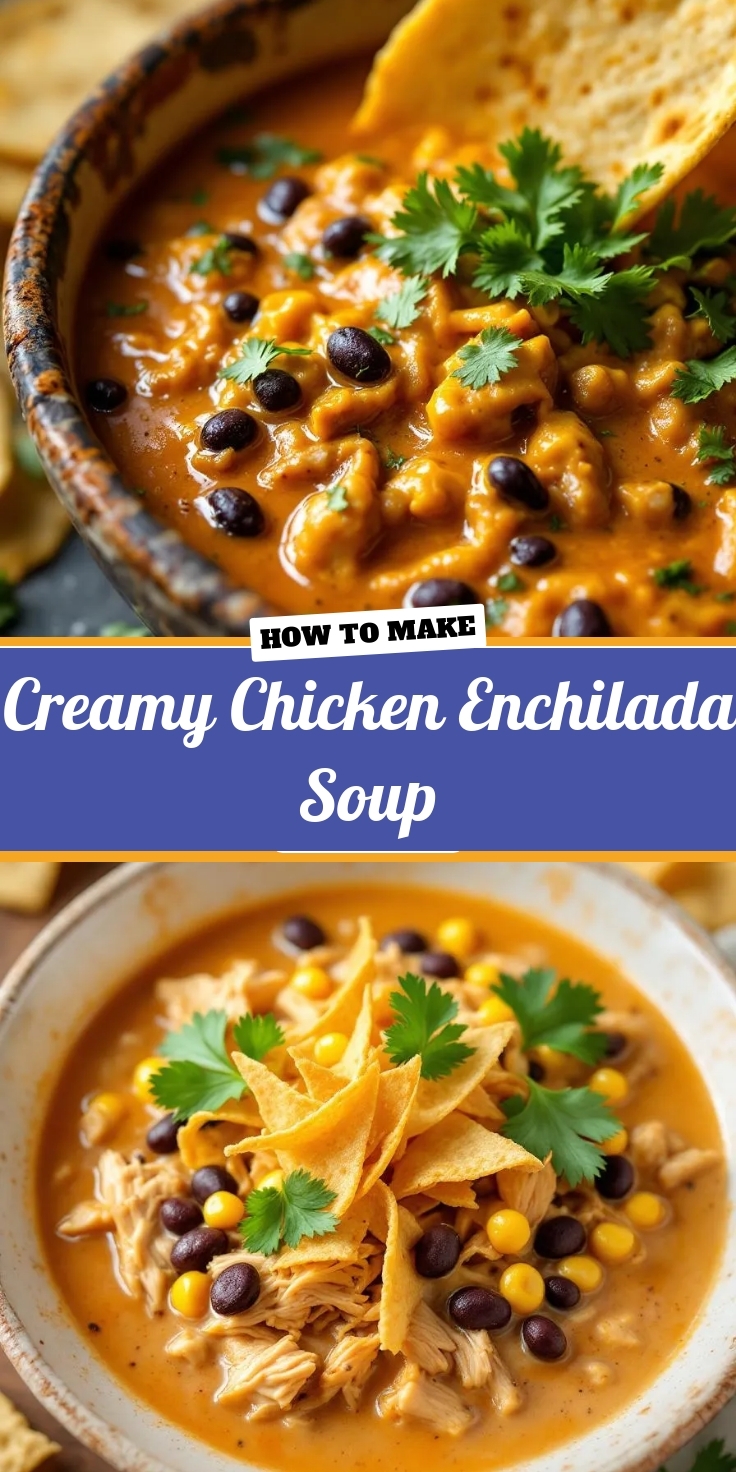
Creamy Chicken Enchilada Soup is typically made with shredded chicken, a rich broth, green chiles, black beans, corn, and a blend of Mexican spices. The signature creaminess often comes from cream cheese, heavy cream, or a roux, and it’s frequently topped with cheese, tortilla strips, and avocado. This combination creates a hearty and comforting meal that tastes just like the inside of a chicken enchilada.
You can thicken your Creamy Chicken Enchilada Soup by creating a simple roux with butter and flour at the beginning of the recipe. Alternatively, you can blend a portion of the soup (especially the beans) and stir it back into the pot, or let it simmer uncovered to reduce and concentrate. Adding a cornstarch slurry towards the end of cooking is another effective method for achieving the perfect consistency.
Yes, you can freeze Creamy Chicken Enchilada Soup, but it’s best to do so without the dairy to prevent separation. Freeze the base soup and then add the cream cheese, sour cream, or heavy cream when you reheat it. This ensures your thawed soup remains smooth and creamy, just like when it was first made.
This soup is a complete meal on its own, but it pairs wonderfully with warm, crusty bread for dipping or a side of cilantro lime rice. For a classic Tex-Mex experience, serve your Creamy Chicken Enchilada Soup with toppings like shredded cheese, sliced jalapeños, a dollop of sour cream, and crispy tortilla strips.

